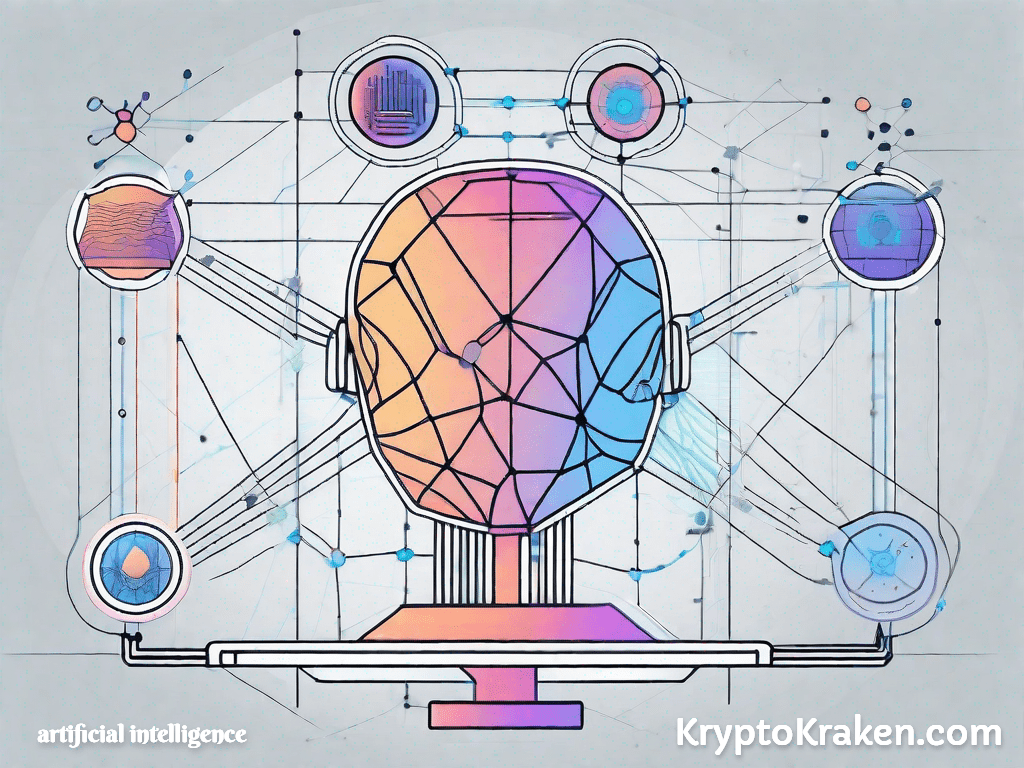
- August 24, 2023
- Dennis Frank
- 2
Table of Contents
Exploring the Applications of Artificial Intelligence in Web 3.0
Artificial Intelligence (AI) has undoubtedly emerged as a revolutionary technology in recent times. With its ability to mimic human cognitive functions, AI has permeated various industries and domains, including the realm of the internet. Web 3.0, often referred to as the Semantic Web, represents the next generation of the World Wide Web, where information is not only accessible but also understandable by computers. In this article, we will delve into the applications of AI in Web 3.0, exploring how these two technologies intersect and complement each other.
Understanding the Basics of Artificial Intelligence and Web 3.0
Before we delve into the applications of AI in Web 3.0, it is crucial to grasp the fundamentals of both AI and Web 3.0. Artificial Intelligence, in simple terms, can be defined as the ability of a computer system to perform tasks that typically require human intelligence. From speech recognition to image classification, AI showcases its prowess in various domains. On the other hand, Web 3.0 represents the evolution of the web from its static Web 1.0 phase to the interactive Web 2.0 phase and now to a highly intelligent and contextual version. Web 3.0 aims to provide users with personalized and relevant information, making browsing experiences more seamless and efficient. Here is another article that explains it further: What is Web 3.0 and What Does it Mean?
Defining Artificial Intelligence
To truly understand the application of AI in Web 3.0, it is crucial to define what Artificial Intelligence encompasses. AI refers to the simulation of human intelligence in machines that can learn, reason, and adapt to perform tasks autonomously. Machine learning, natural language processing, and computer vision are some of the prominent subfields of AI. These technologies empower machines to comprehend, analyze, and interpret human inputs, offering precise and personalized outputs.
Machine learning, a key component of AI, enables computers to learn from data and improve their performance over time. By analyzing patterns and making predictions, machine learning algorithms can make informed decisions and automate complex tasks. Natural language processing, on the other hand, focuses on enabling machines to understand and interpret human language. This allows for advanced speech recognition, sentiment analysis, and language translation capabilities. Additionally, computer vision enables machines to analyze and interpret visual data, making tasks such as image classification and object detection possible.
The Evolution of the Web: From 1.0 to 3.0
The digital landscape has evolved significantly over the years. Web 1.0, characterized by static web pages that only displayed information, laid the foundation for our interconnected world. However, it lacked interactivity and personalization. Users were mere consumers of content, with limited opportunities for engagement.
The advent of Web 2.0 brought about dynamic web pages, user-generated content, and social media, enabling users to actively participate and contribute to the web. This shift transformed the web from a one-way communication channel to a platform for collaboration and interaction. Users could now create, share, and discuss content, fostering a sense of community and collective intelligence.
Web 3.0 takes this evolution a step further by introducing intelligent algorithms, semantic search, and contextualized information retrieval, leveraging the power of AI. With Web 3.0, the web becomes more personalized and tailored to individual users’ preferences and needs. Intelligent algorithms analyze user behavior, interests, and context to deliver highly relevant and timely information. This enables a more seamless and efficient browsing experience, as users are presented with content that is most likely to be of interest to them.
Furthermore, semantic search plays a crucial role in Web 3.0 by understanding the meaning behind user queries and providing more accurate search results. Instead of relying solely on keywords, semantic search takes into account the context and intent of the search, leading to more precise and relevant results. This enhances the user’s ability to find the information they are looking for quickly and effectively.
Contextualized information retrieval is another key aspect of Web 3.0. By considering the user’s location, preferences, and previous interactions, the web can deliver personalized recommendations and suggestions. Whether it’s recommending nearby restaurants based on the user’s current location or suggesting relevant articles based on their reading history, contextualized information retrieval enhances the overall user experience and makes the web more intuitive and user-friendly.

The Intersection of AI and Web 3.0
Now that we have established a foundation of AI and Web 3.0, let us explore how these two technologies intersect and contribute to each other’s growth.
The Role of AI in Shaping Web 3.0
Artificial Intelligence plays a pivotal role in shaping the future of Web 3.0. AI algorithms enable systems to understand and interpret data, facilitating the transformation of raw information into meaningful knowledge. By leveraging machine learning, AI can analyze vast amounts of data and extract valuable insights, making the web more intelligent and contextually aware. This allows for enhanced search results, personalized recommendations, and a more engaging user experience.
How AI and Web 3.0 Complement Each Other
AI and Web 3.0 are symbiotic technologies that mutually enhance each other’s capabilities. AI algorithms power the contextualized information retrieval in Web 3.0, enabling the web to provide tailored, relevant content to users. In turn, the Semantic Web in Web 3.0 acts as a rich source of data for training AI models, facilitating their learning and improving their accuracy and performance. This reciprocal relationship between AI and Web 3.0 drives innovation and propels the digital landscape forward.
Specific Applications of AI in Web 3.0
Now that we understand the synergistic relationship between AI and Web 3.0, let’s delve into some specific applications of AI in this evolving web paradigm.
AI in Semantic Web and Data Mining
The Semantic Web in Web 3.0 relies on AI techniques such as natural language processing and knowledge representation to enhance the web’s understanding of data. AI algorithms interpret and classify data, enabling seamless knowledge retrieval and information exchange. This integration between AI and the Semantic Web revolutionizes how users interact with the web, enabling intelligent search capabilities and personalized content recommendations.
AI in Personalized User Experience
Web 3.0 aims to provide personalized user experiences by understanding user preferences and delivering tailored content. AI algorithms analyze user behavior, preferences, and feedback to create personalized profiles, which are then used to curate relevant content in real-time. From personalized news feeds to targeted advertisements, AI enhances the overall user experience, making web browsing highly efficient and enjoyable.
AI in Advanced Security Measures
As the internet becomes more intricate, ensuring robust security measures becomes paramount. AI plays a critical role in implementing advanced security measures in Web 3.0. AI algorithms can detect anomalies, identify potential threats, and mitigate security breaches in real-time. By continuously monitoring network activities, AI fortifies the web against cyber attacks, safeguarding sensitive data and user privacy.
The Future of AI in Web 3.0
With the rapid advancement of AI and the ever-evolving nature of the web, it is essential to explore the future prospects of AI in the Web 3.0 landscape.
Predicted Developments in AI and Web 3.0
The future holds immense potential for AI in Web 3.0. Advancements in natural language processing and machine learning will further enhance the capabilities of AI systems. The integration of AI technologies with virtual reality and augmented reality will create immersive experiences, transforming how users interact with the web. Additionally, AI-driven chatbots and virtual assistants are poised to become more sophisticated and human-like, revolutionizing customer service and user interactions.
Potential Challenges and Solutions for AI in Web 3.0
As AI increasingly becomes intertwined with Web 3.0, certain challenges must be addressed. Privacy concerns, algorithm biases, and ethical considerations are some factors that require careful attention. However, through robust regulations, transparent algorithms, and ethical frameworks, these challenges can be effectively mitigated, ensuring AI’s responsible and beneficial integration into the Web 3.0 ecosystem. I’ve posted another article here that discusses some of the challenges here: Web 3.0 Technologies: Evolution, Features and Challenges
Conclusion: The Impact of AI on Web 3.0
In conclusion, the application of Artificial Intelligence in Web 3.0 opens up exciting possibilities for a more intelligent and personalized web experience. AI algorithms power the contextualized knowledge retrieval in Web 3.0, while the Semantic Web acts as a rich source of data for training AI models. Together, AI and Web 3.0 create a symbiotic relationship that drives innovation and revolutionizes the digital landscape. As we venture further into the future, the continued exploration and integration of AI in Web 3.0 will pave the way for a more intelligent and intuitive web.
Recap of AI’s Influence on Web 3.0
Throughout this article, we have explored the multifaceted applications of AI in Web 3.0. From enhancing search capabilities to providing personalized user experiences, AI showcases its versatility in the evolving internet landscape. By leveraging AI’s analytical abilities and the intelligent nature of Web 3.0, the web becomes a more efficient, intuitive, and tailored space for users.
The Long-term Implications of AI in Web 3.0
Looking ahead, the long-term implications of AI in Web 3.0 are immense. As AI technologies mature and proliferate, the web will continue to evolve, adapting to users’ needs and preferences. The integration of AI in Web 3.0 will redefine how we interact with technology, making it more intuitive, intelligent, and seamlessly embedded in our daily lives. For a deeper dive into long-term implications, I’ve added another article here: Web 3.0 and Artificial Intelligence: The Future of Tech
I’ve also added the video link here if you would prefer that: Web 3.0 and Artificial Intelligence: The Future of Tech – Deep Dive Video



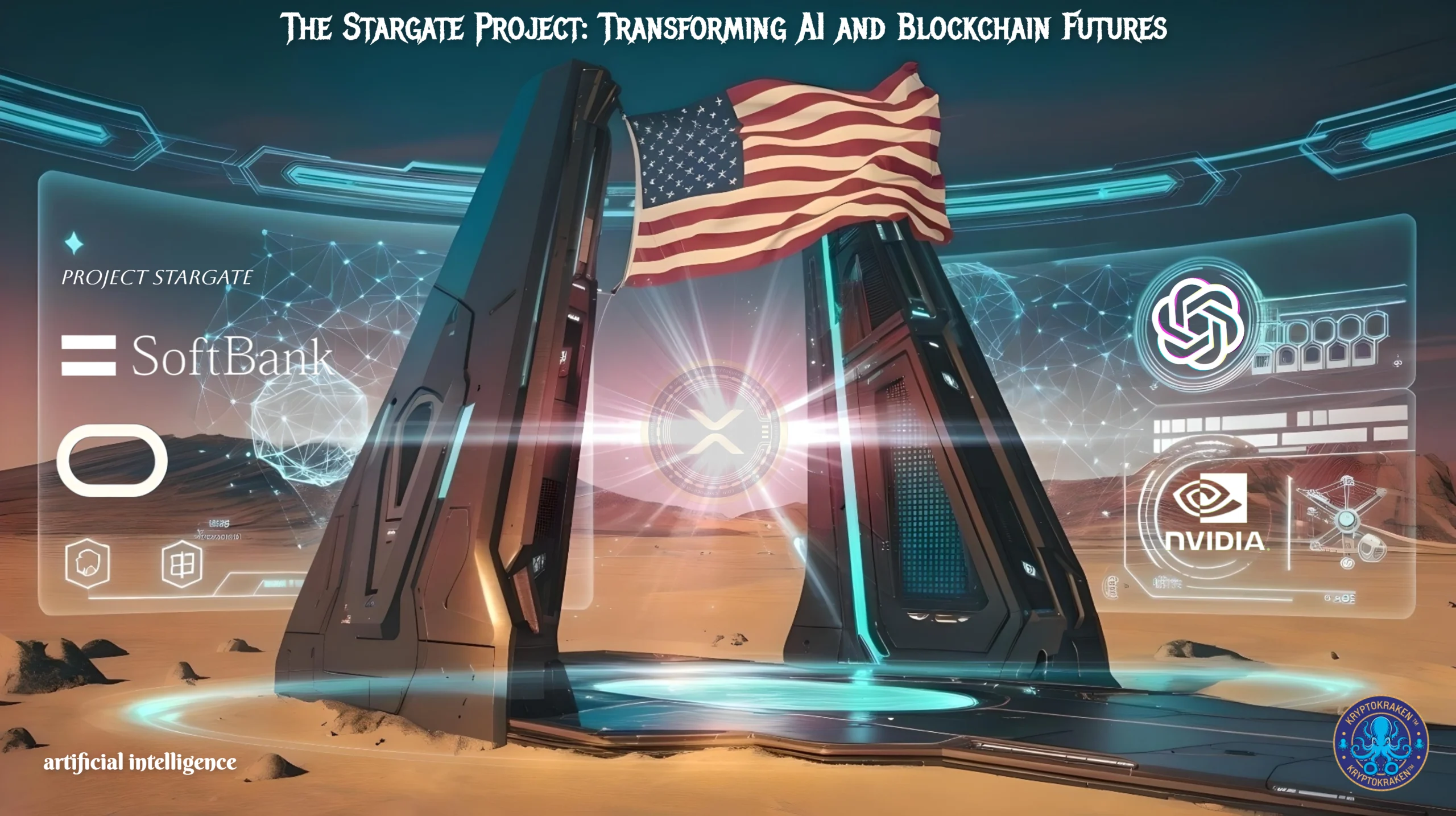
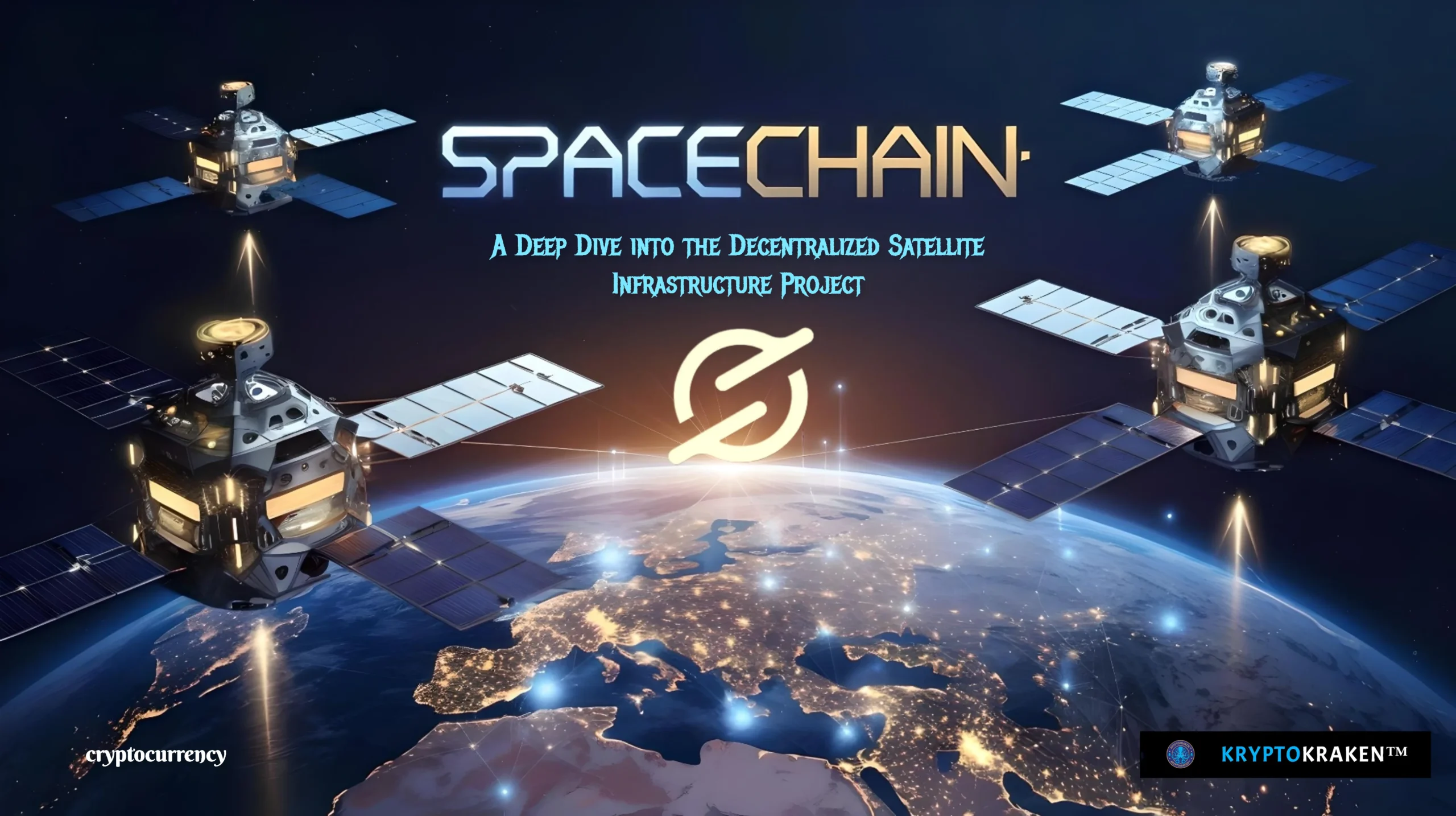


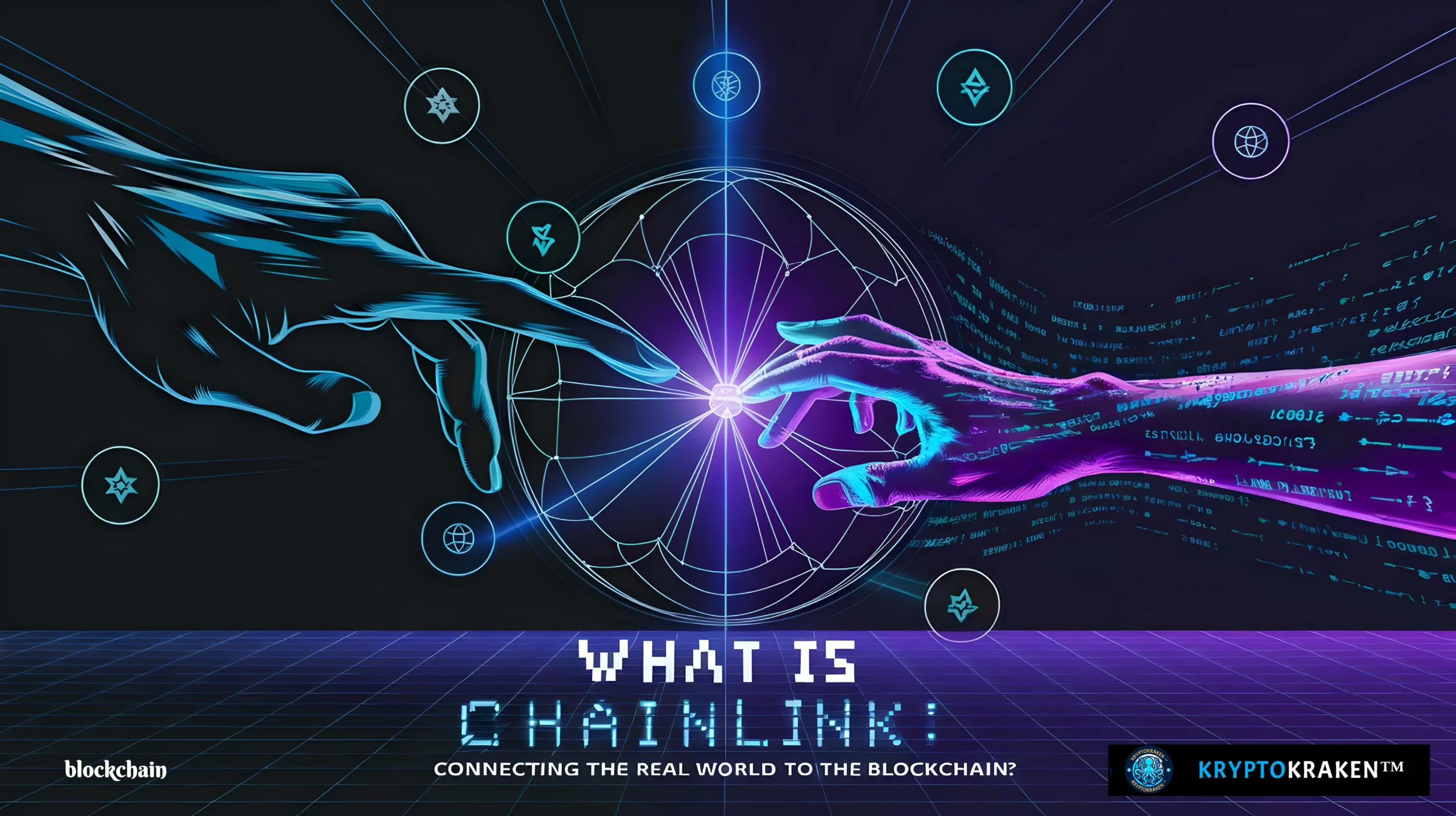









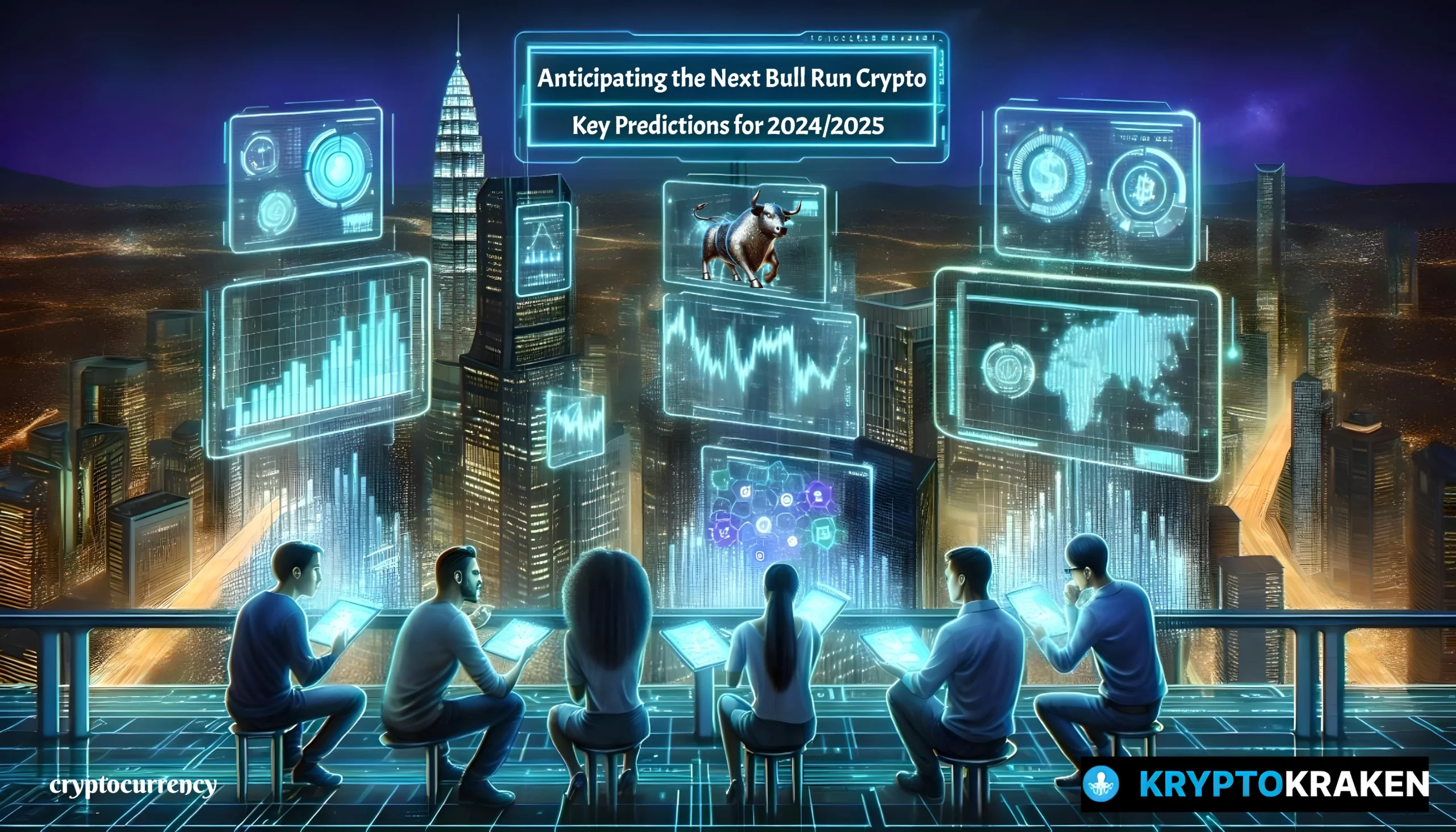
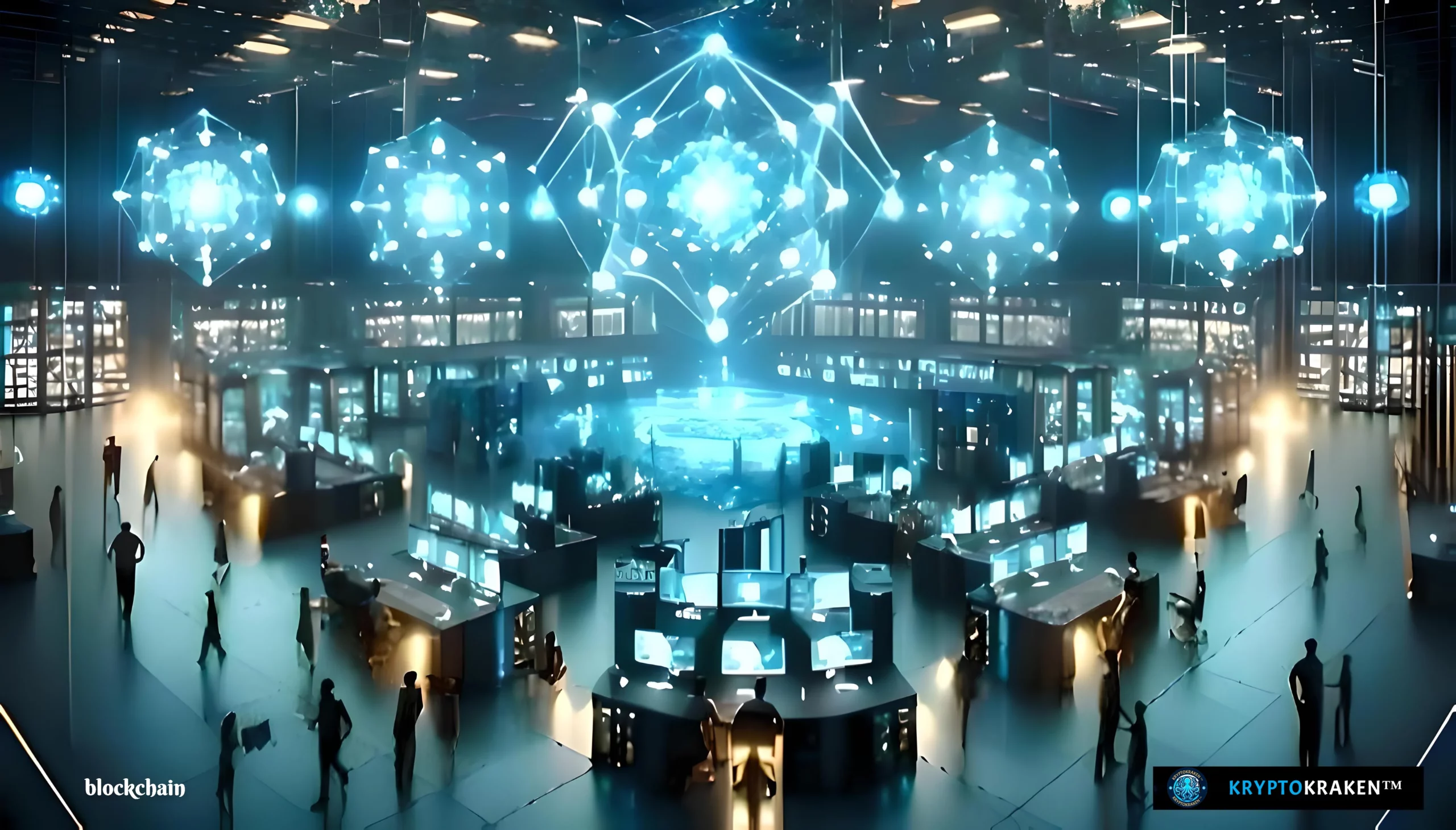


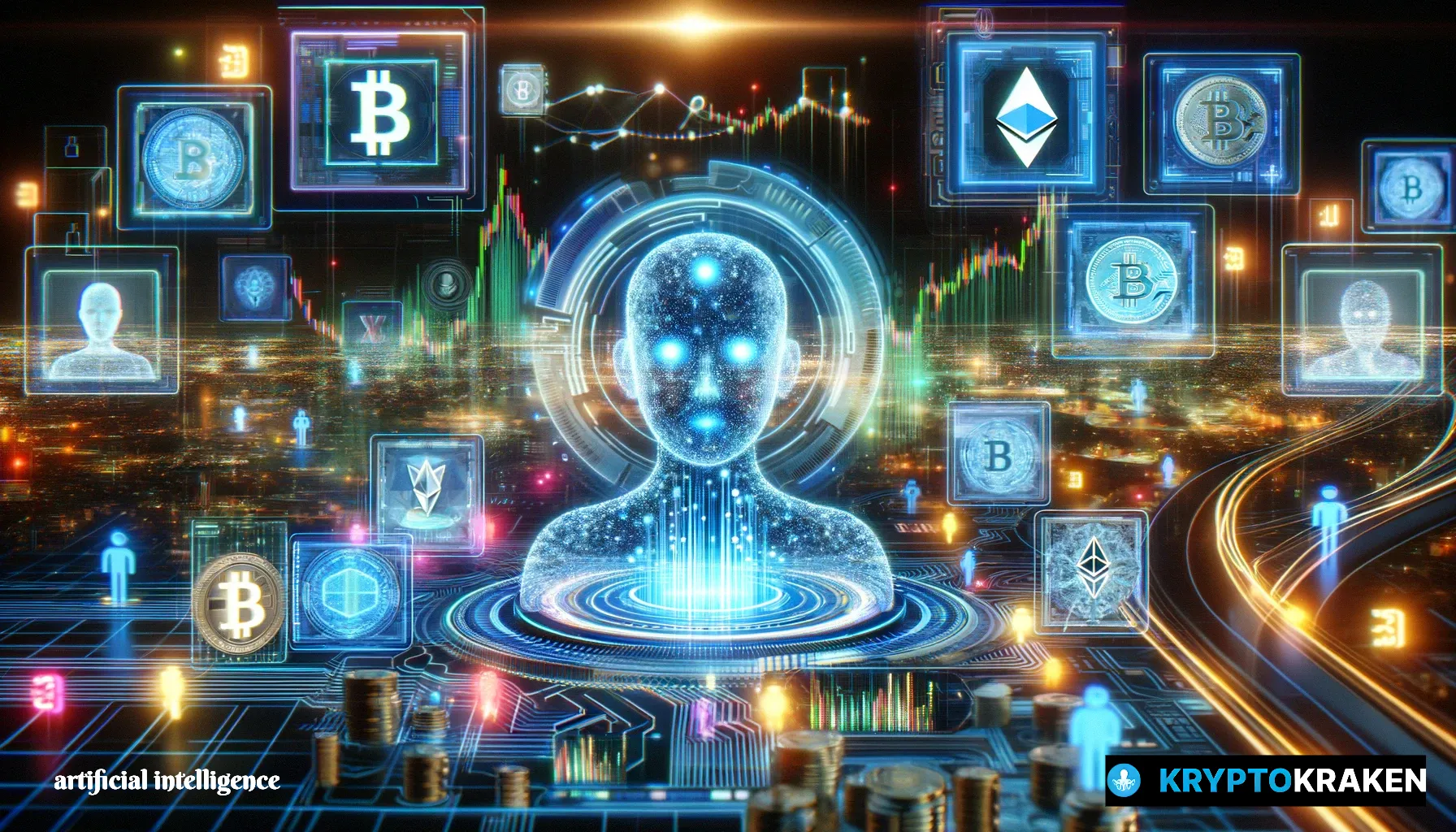

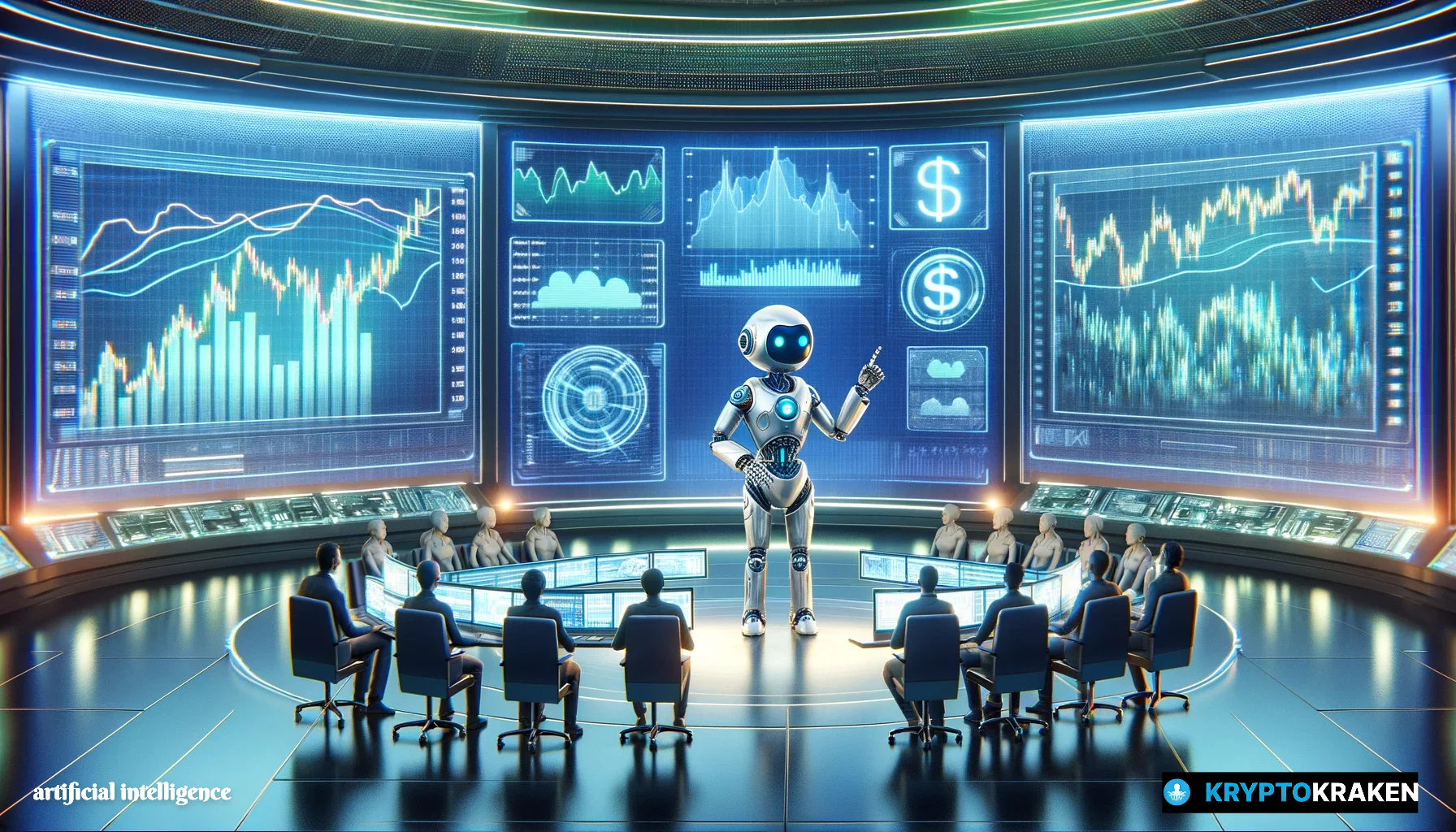

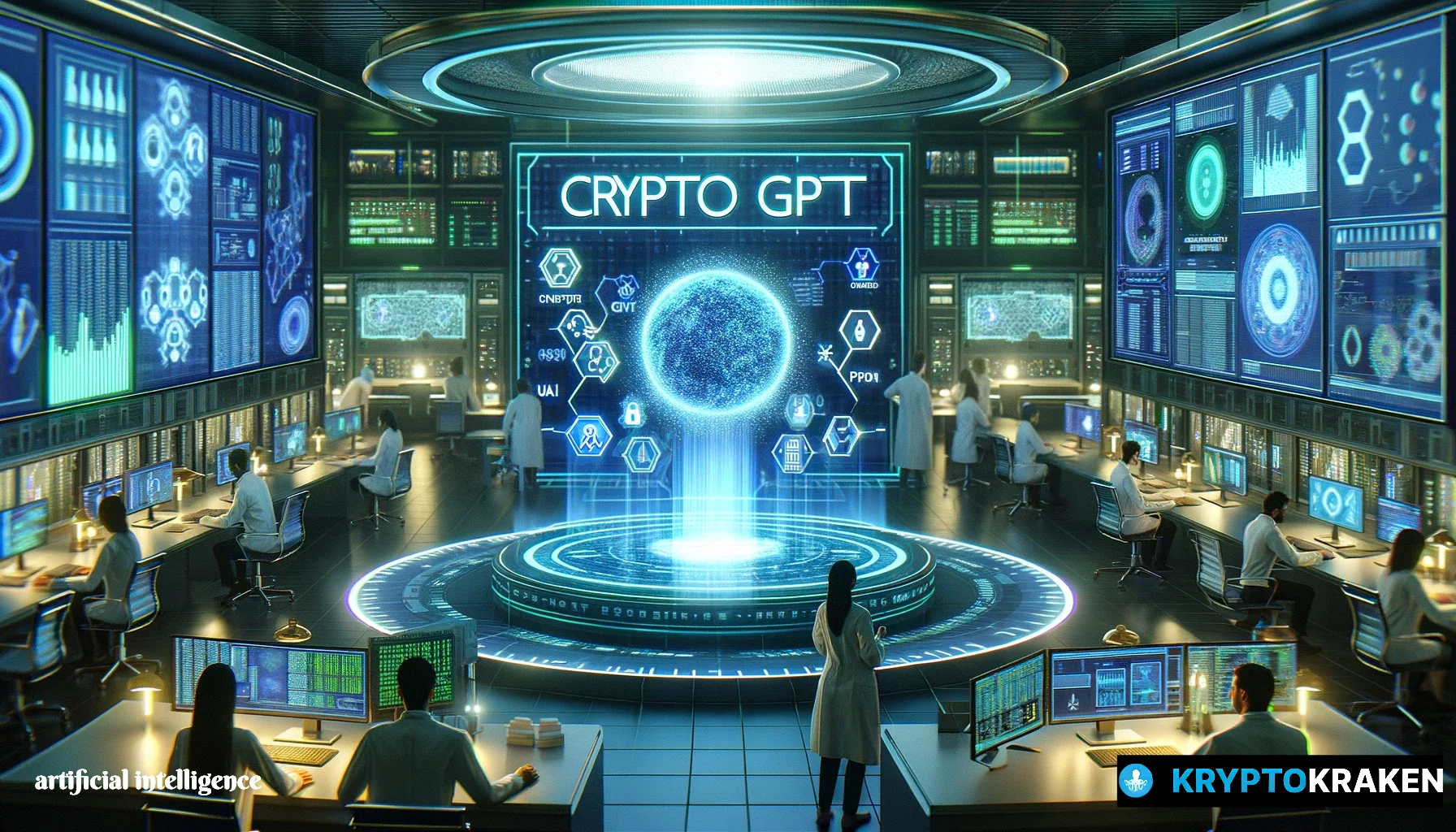
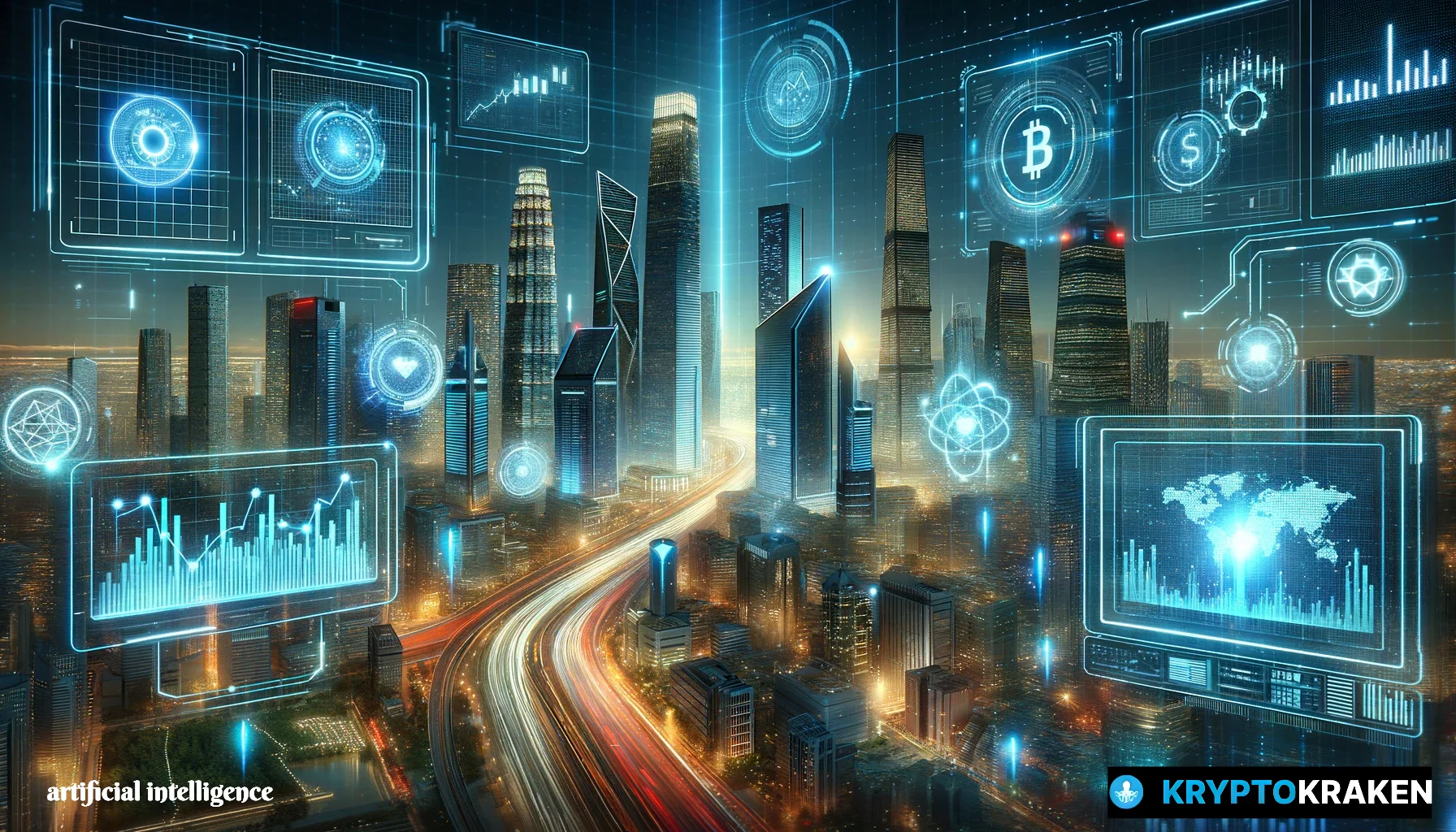
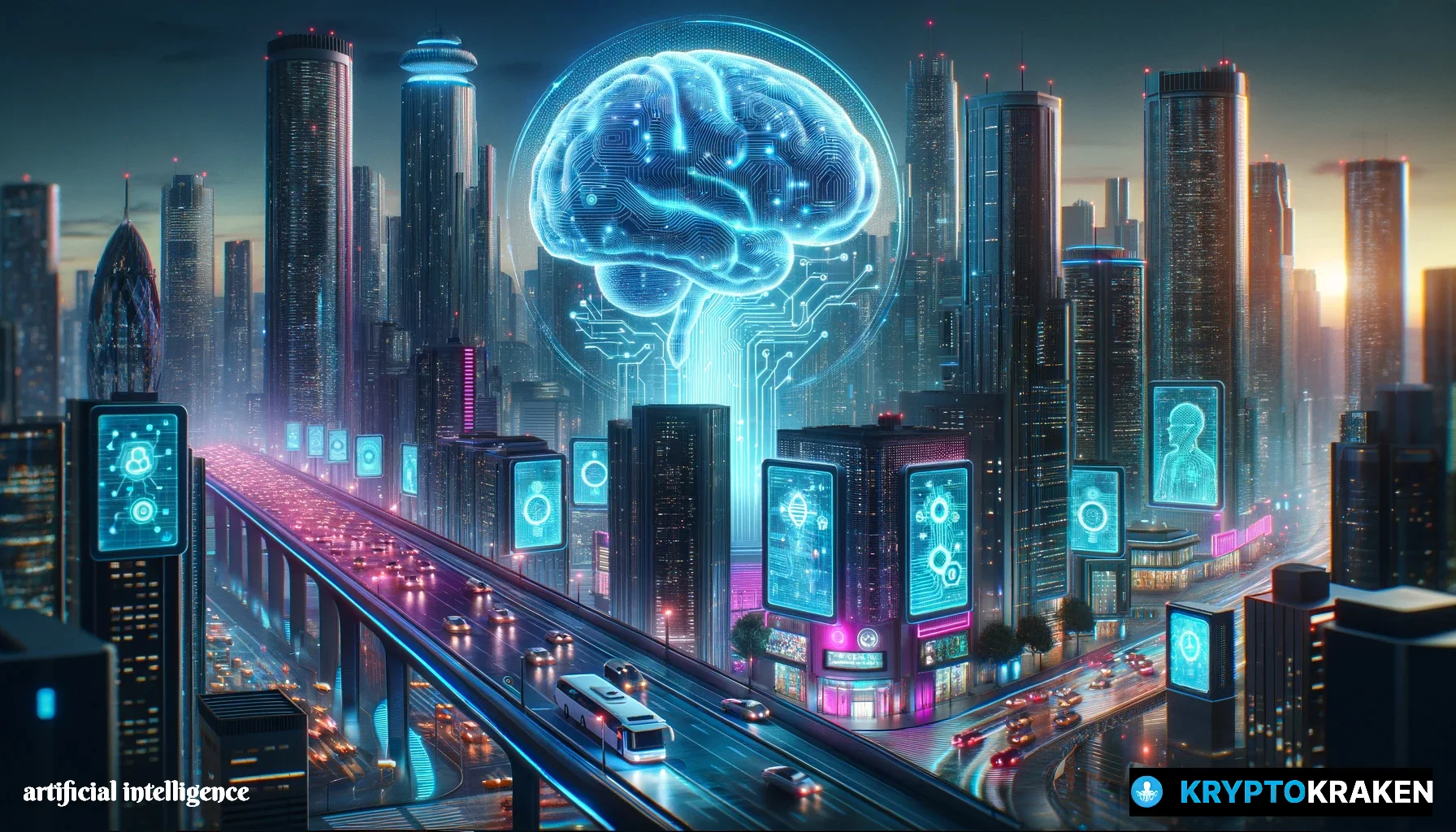
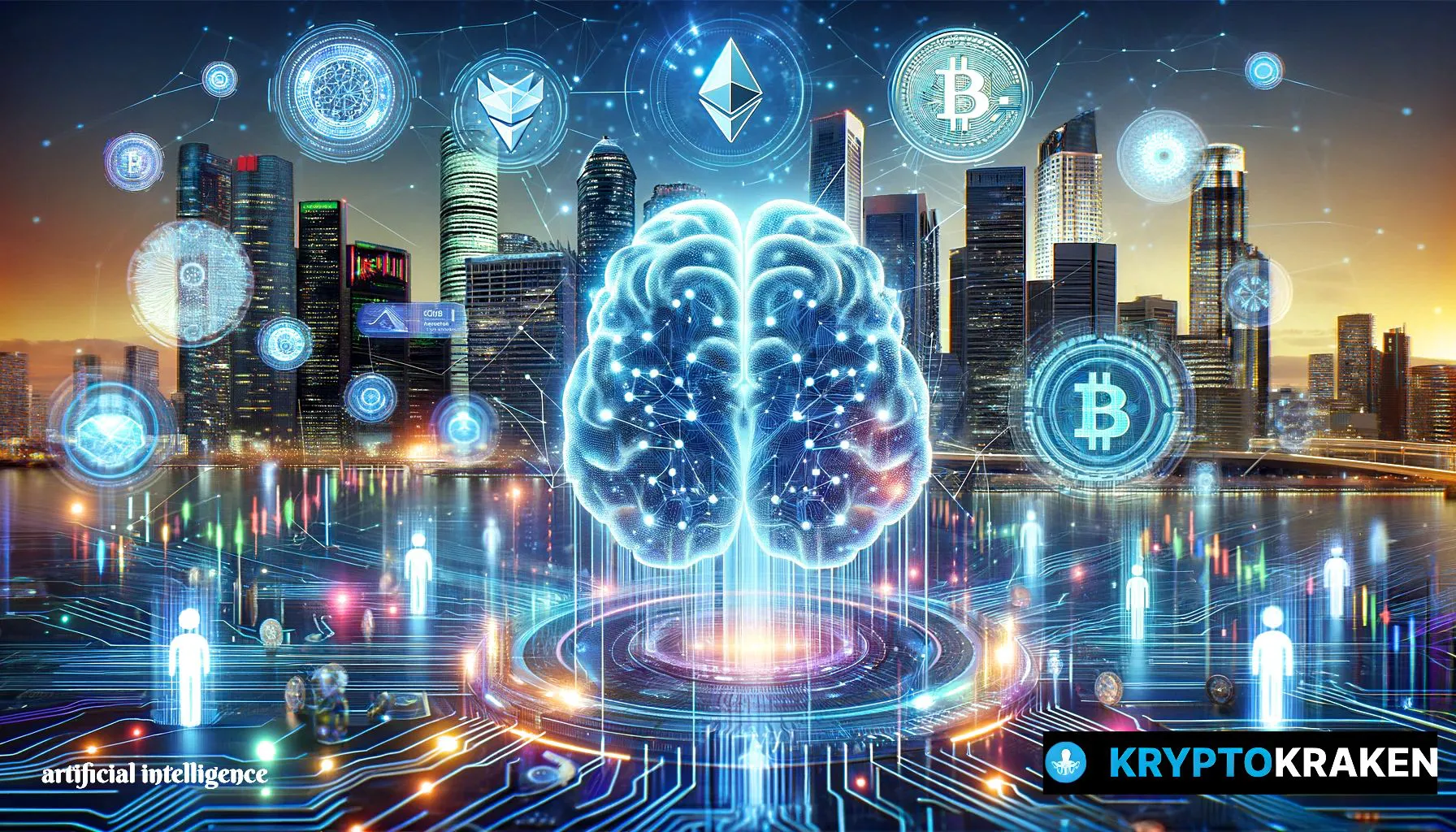
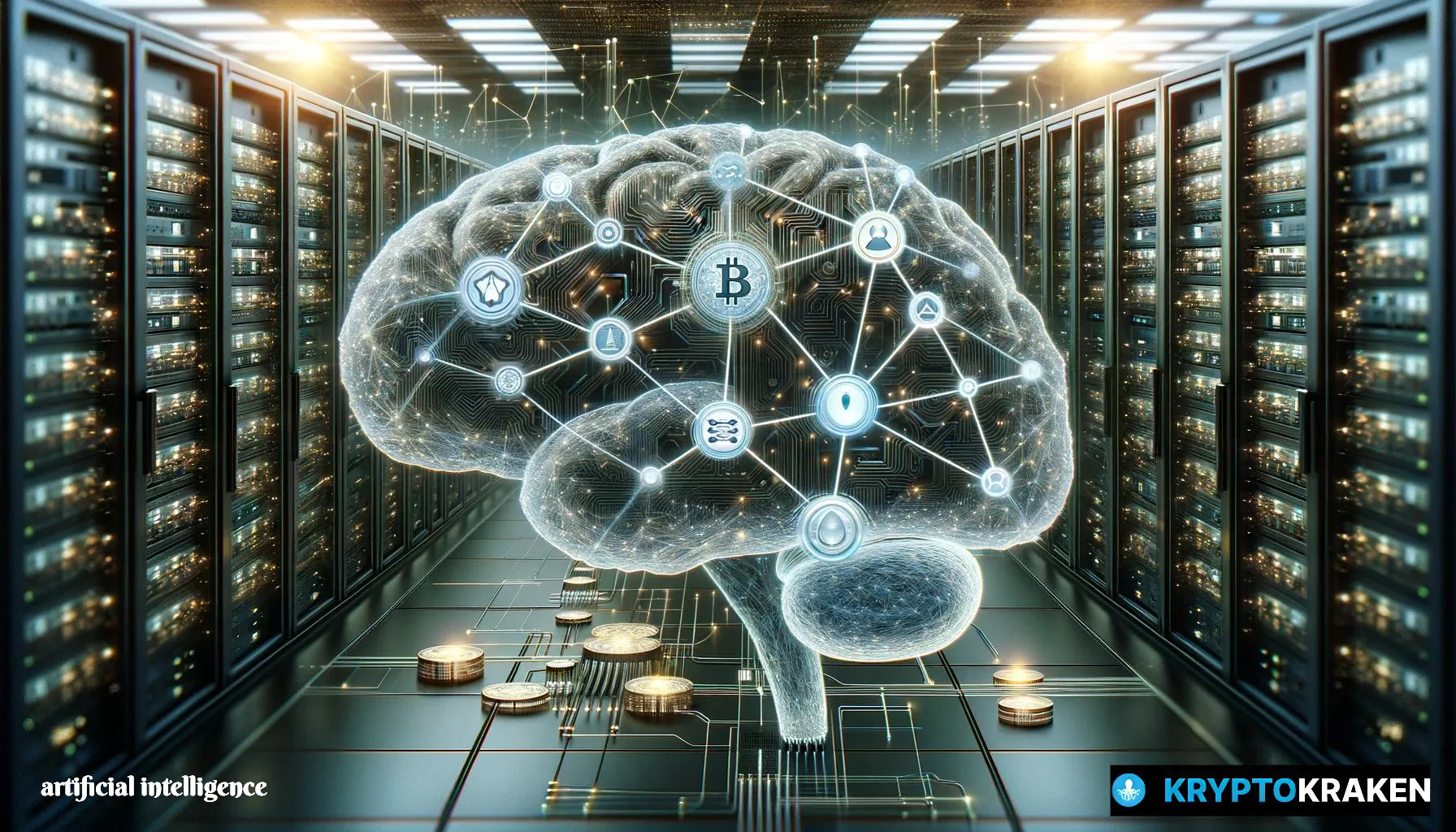

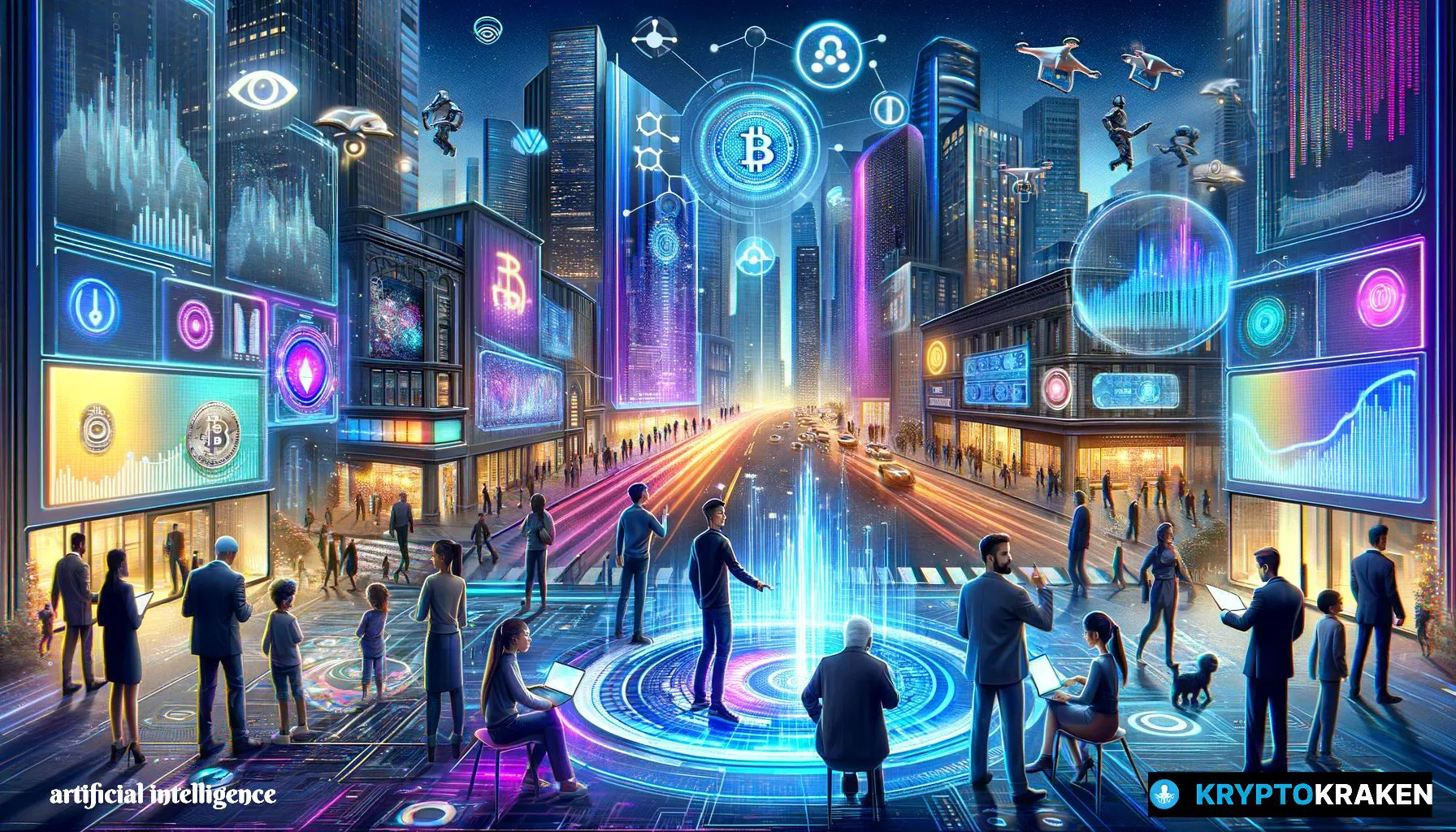
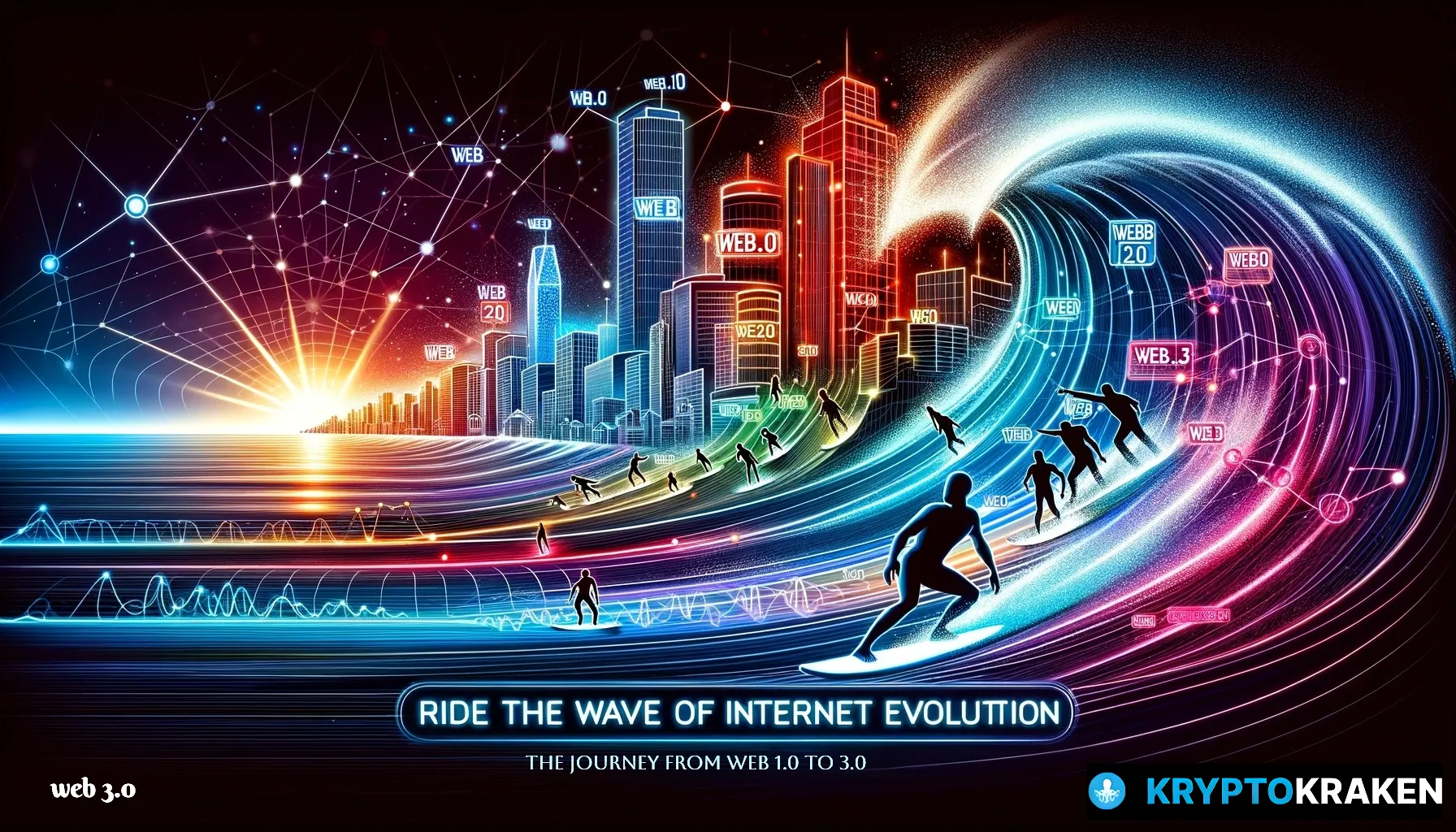

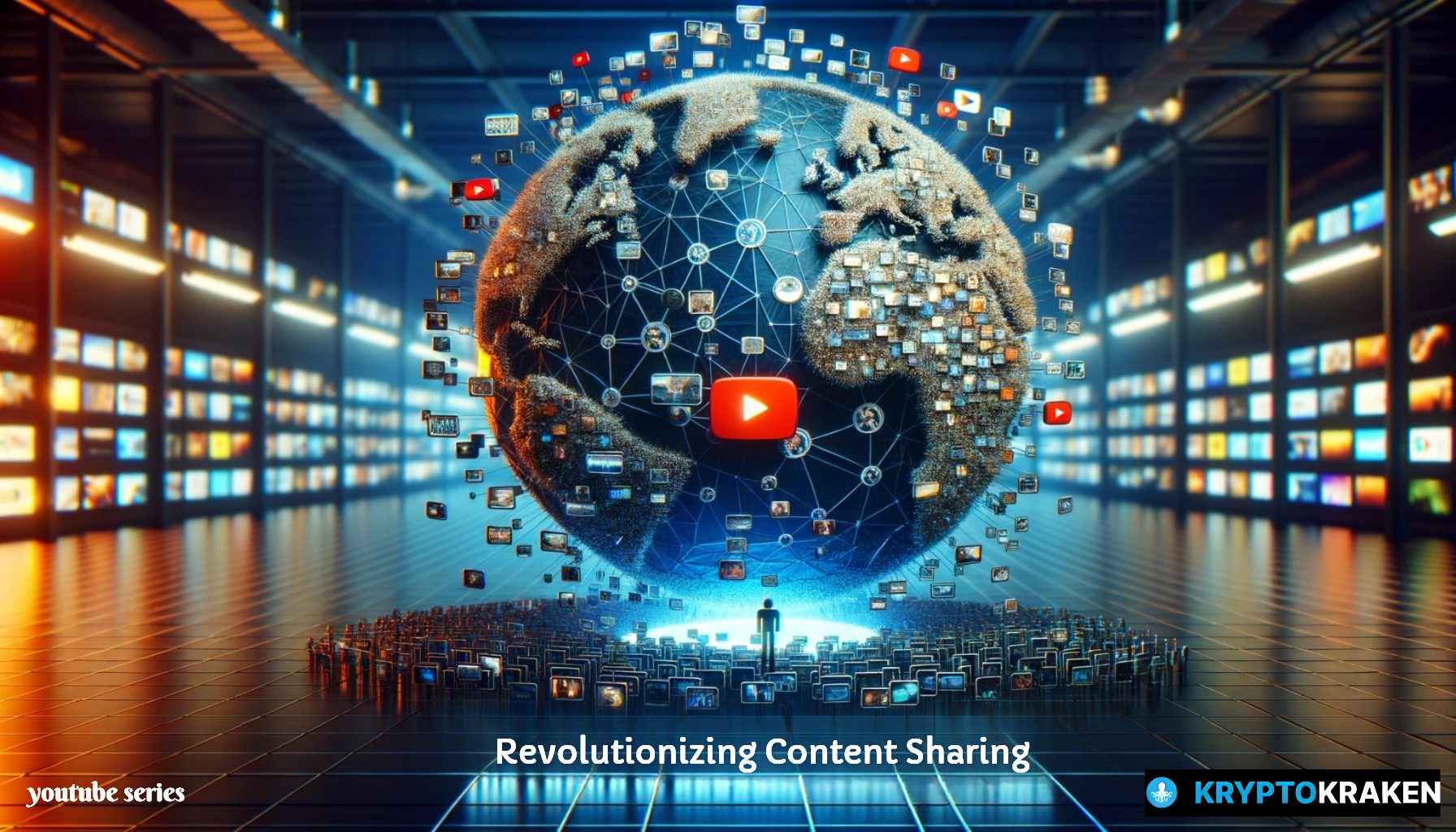
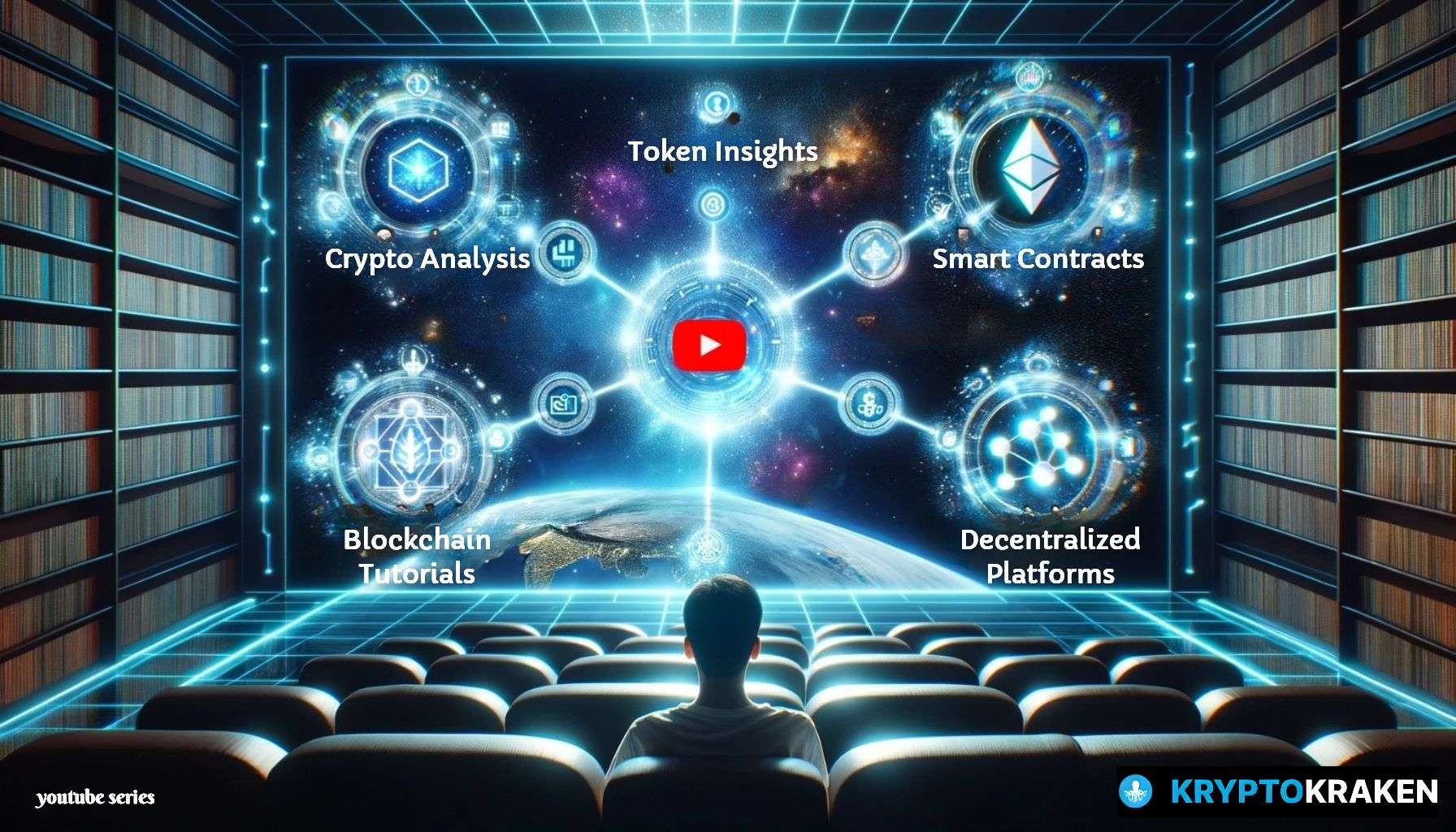





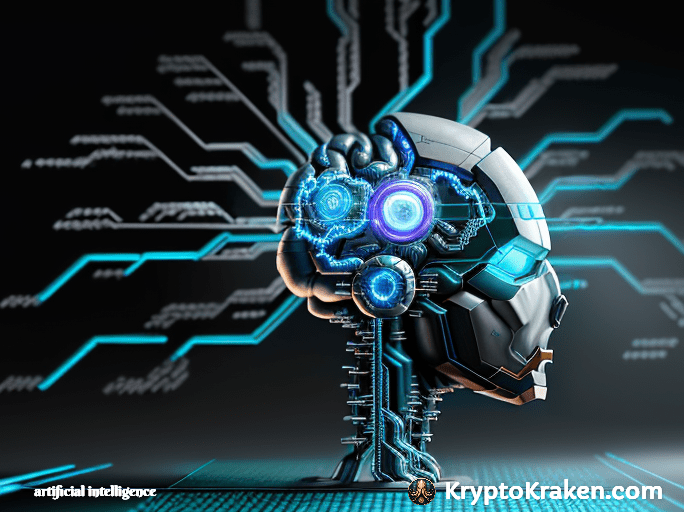
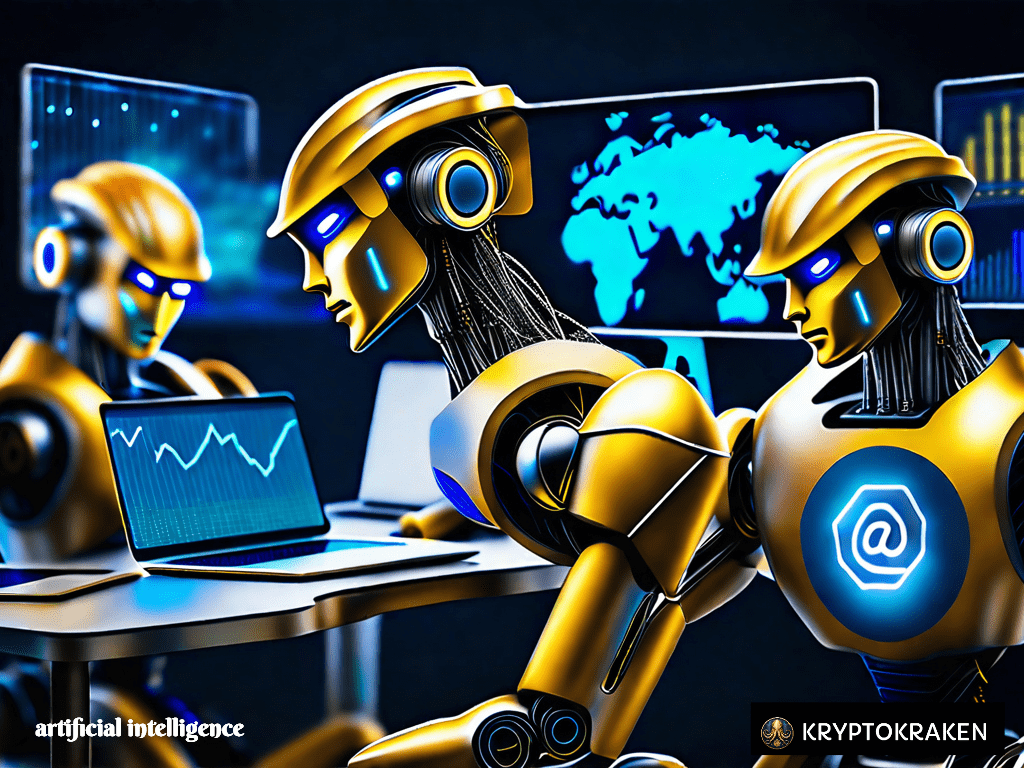
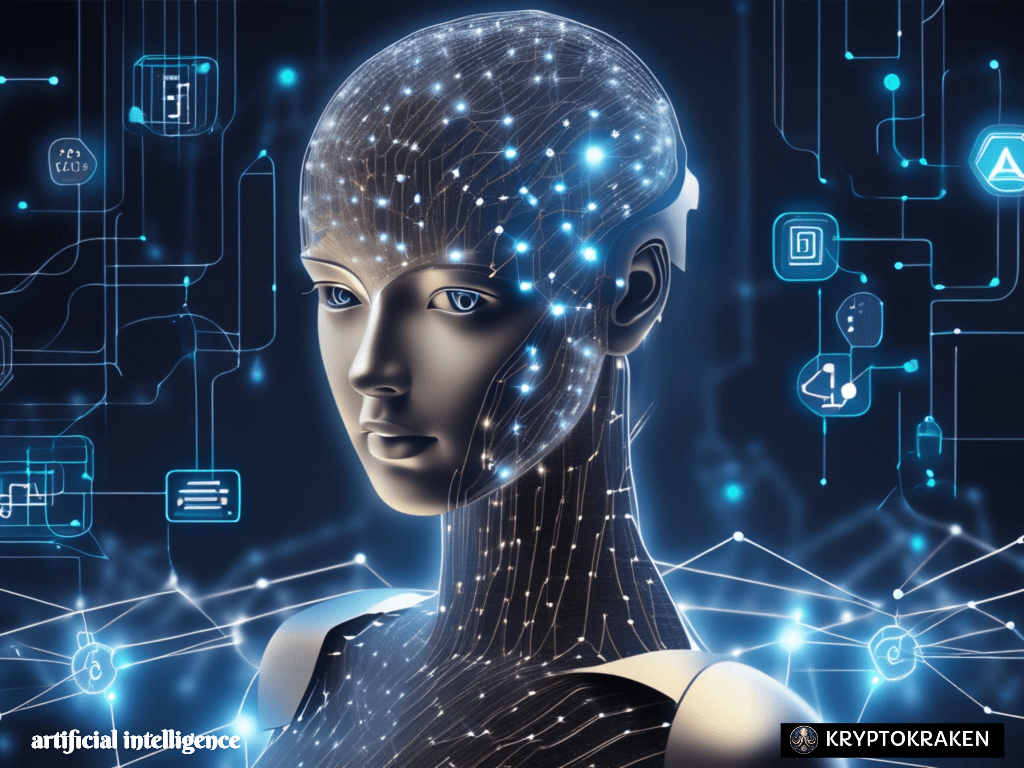

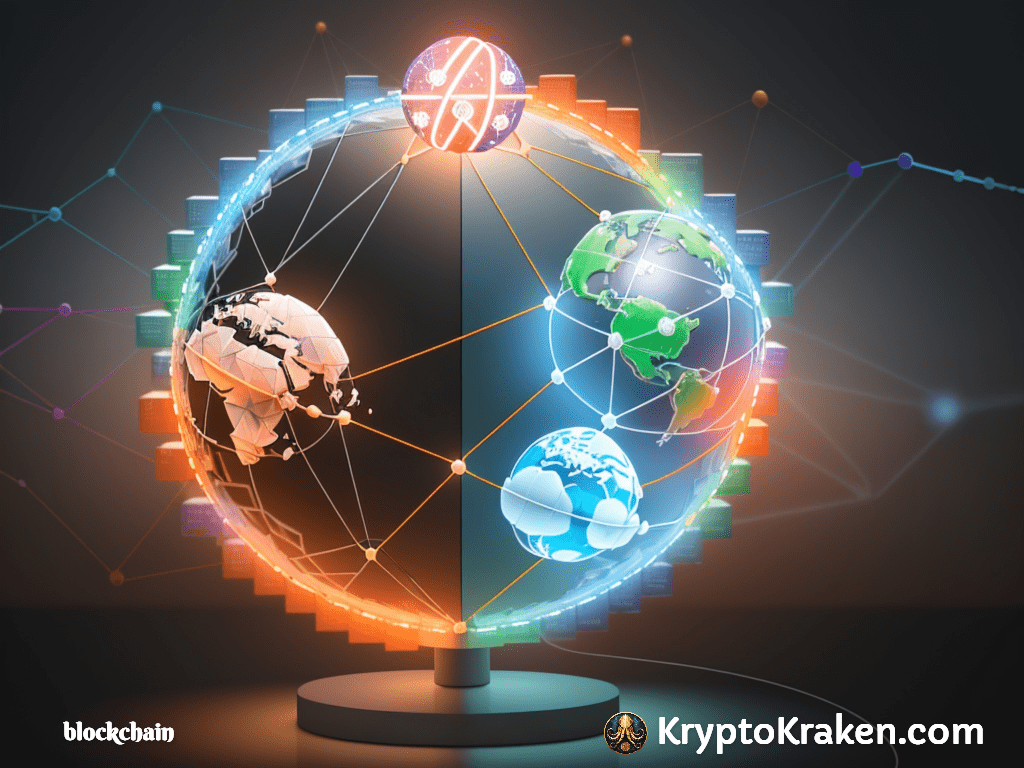
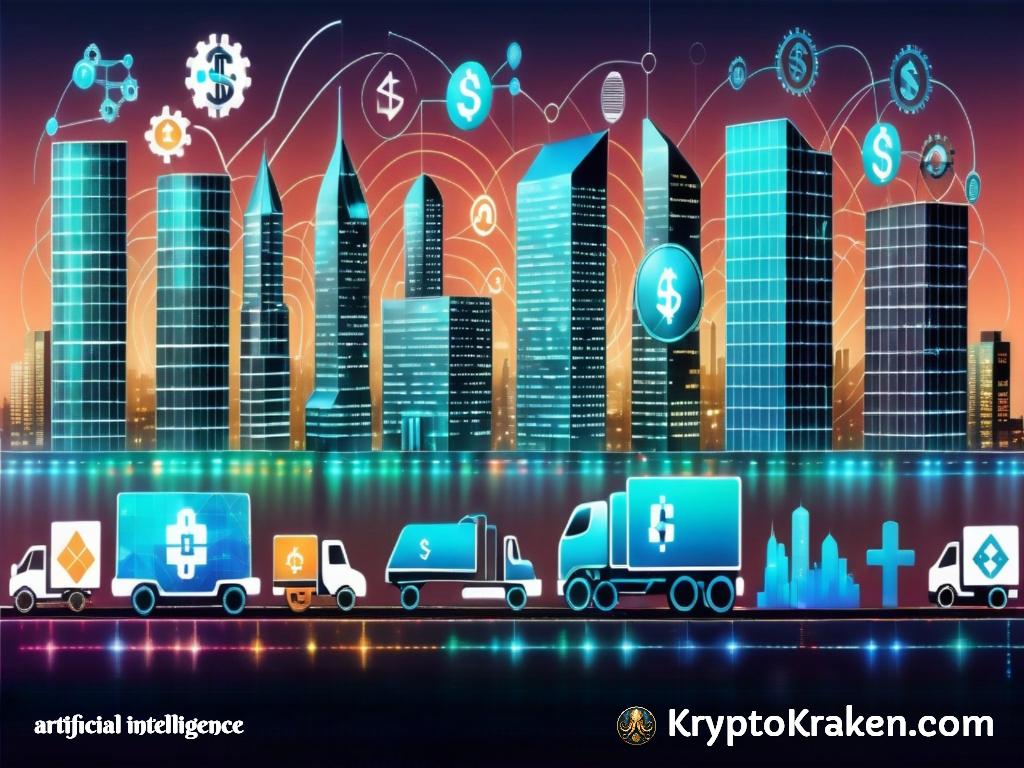
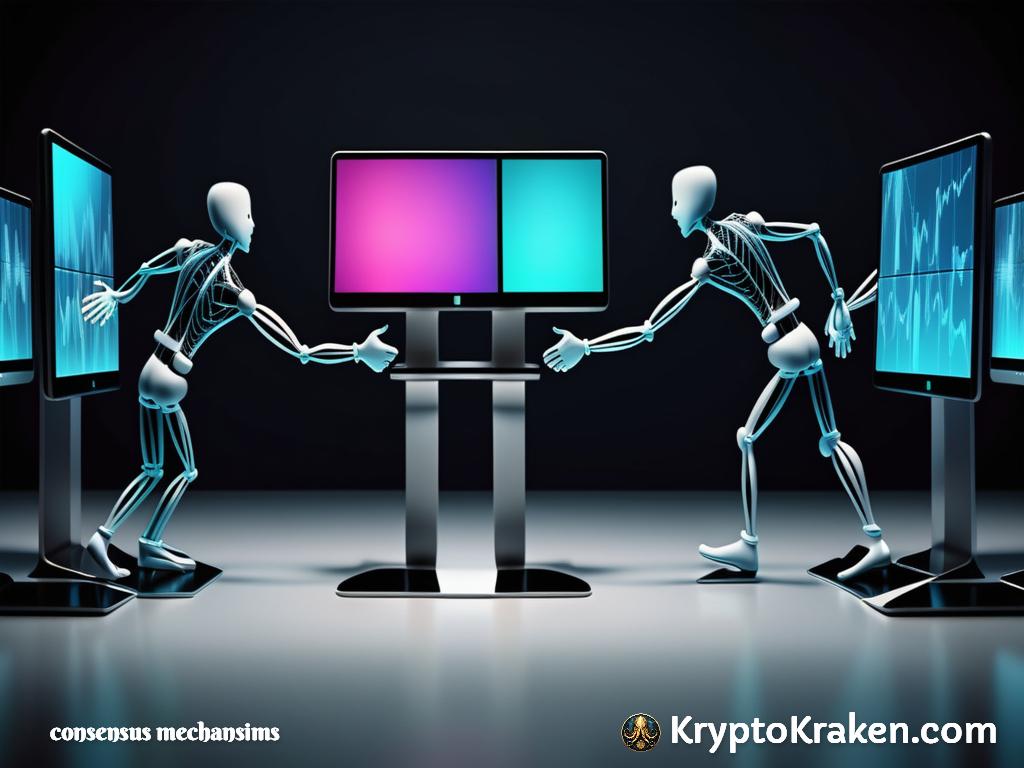

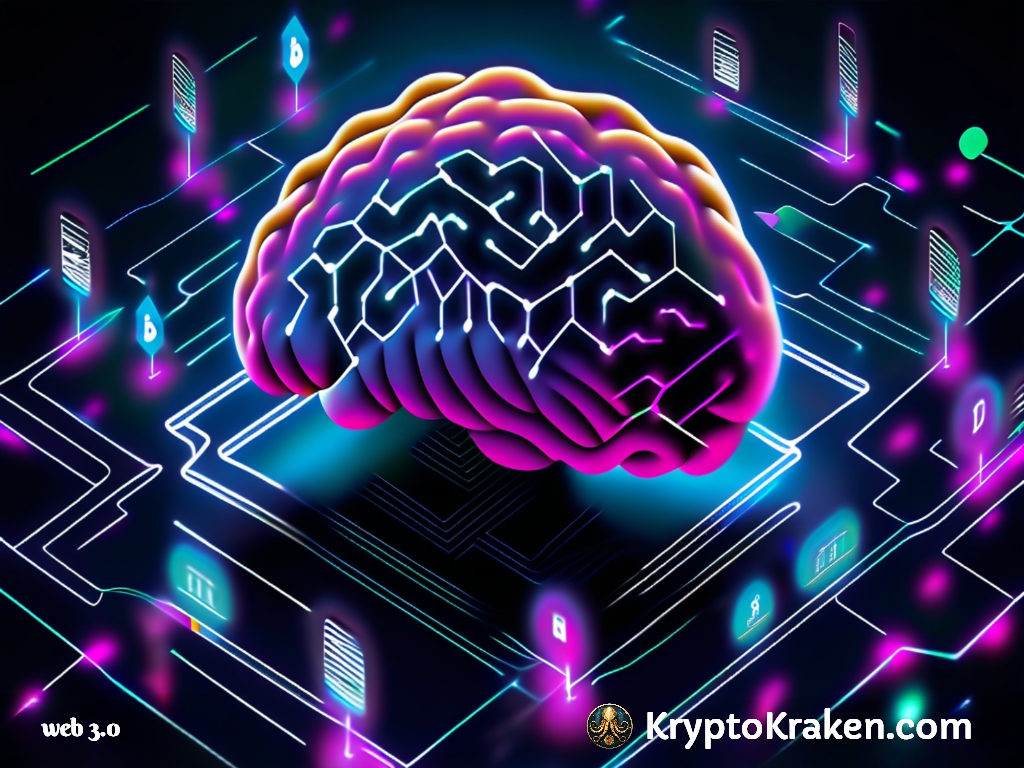
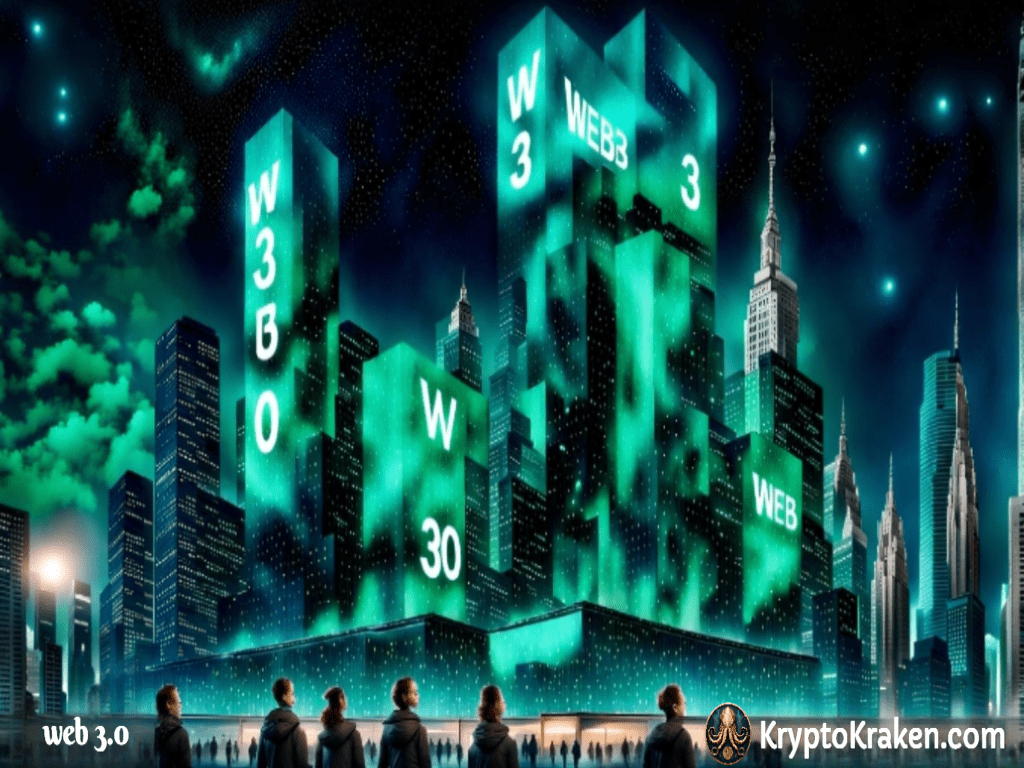
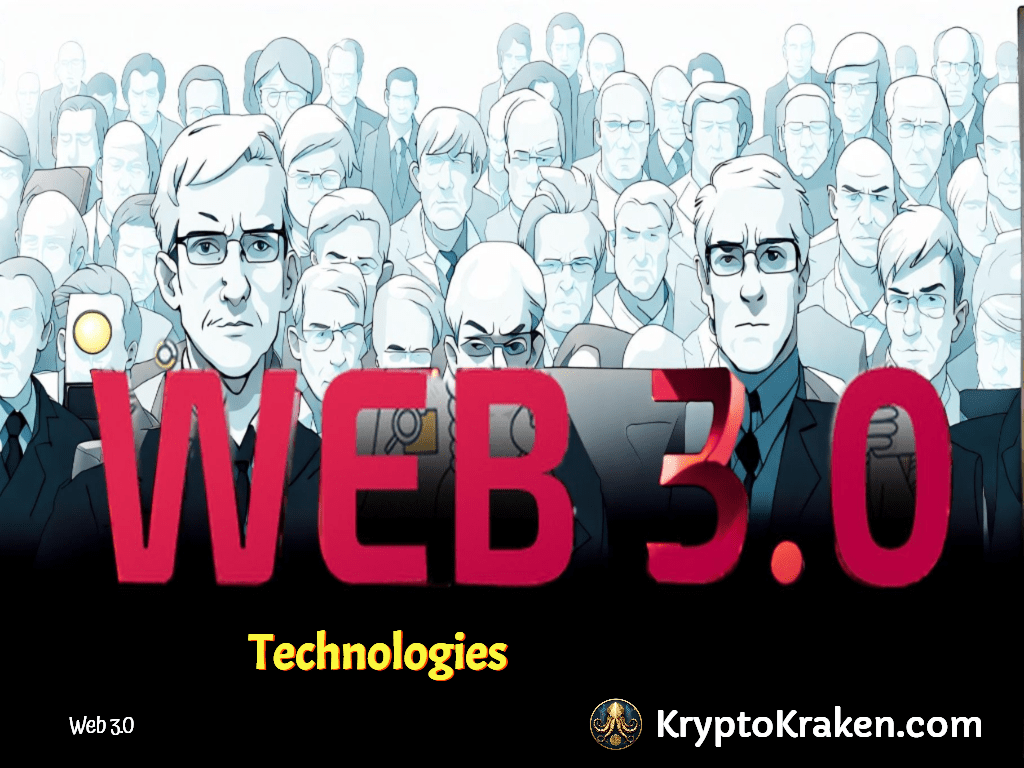


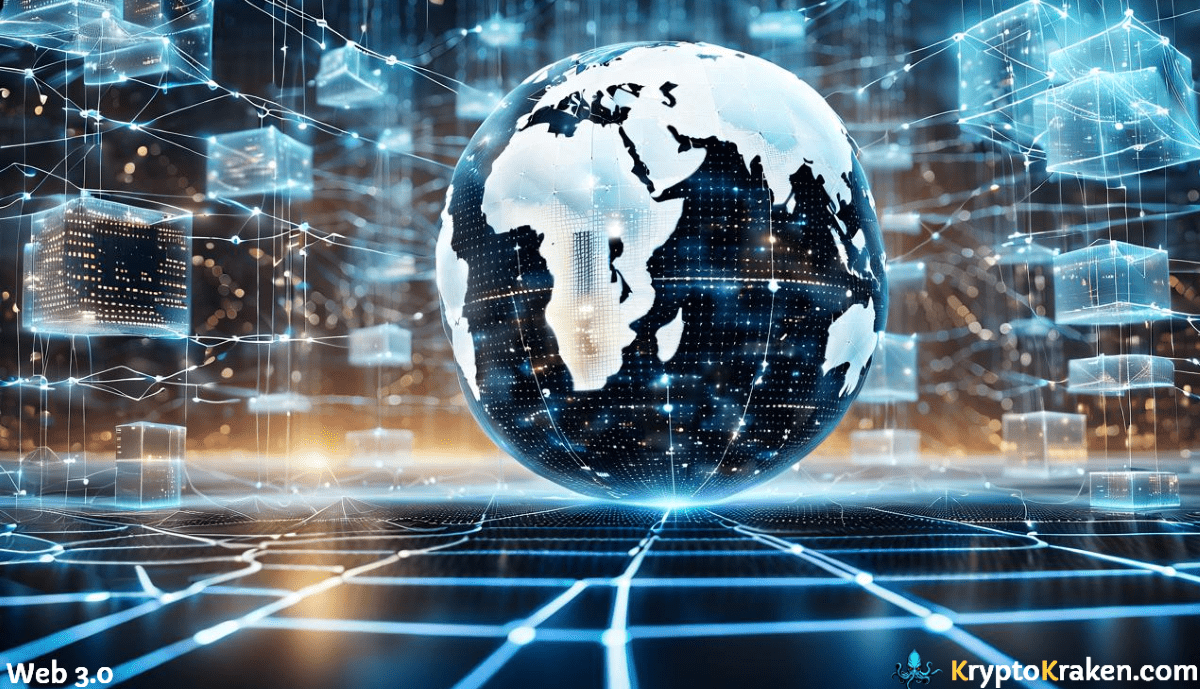




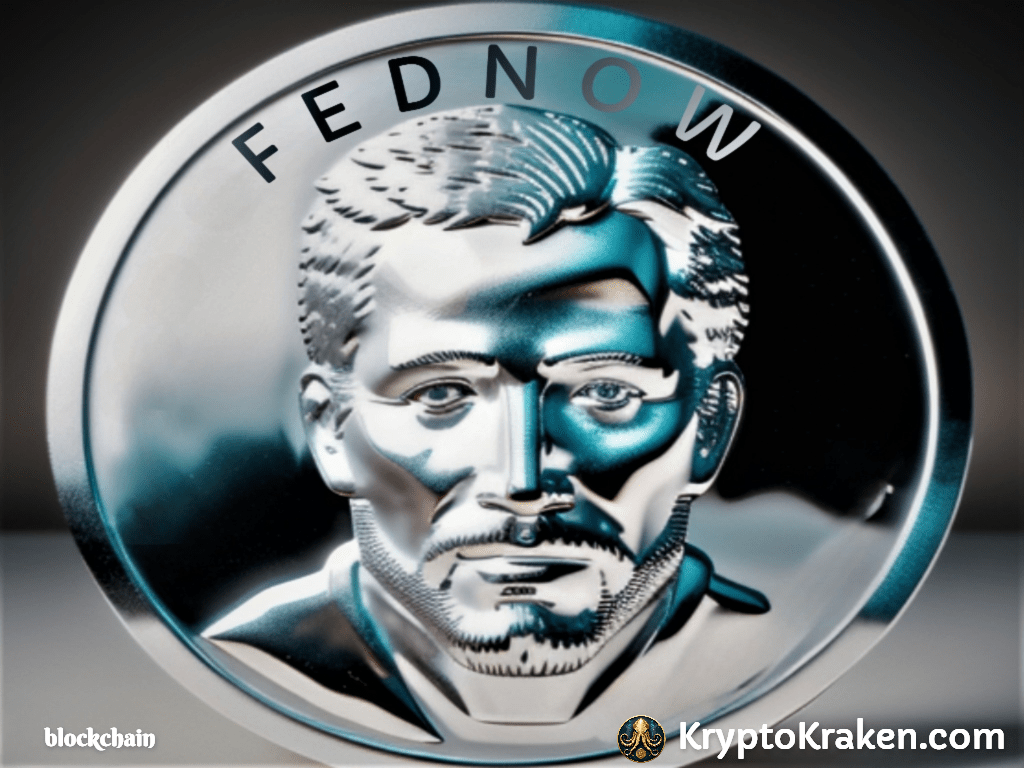







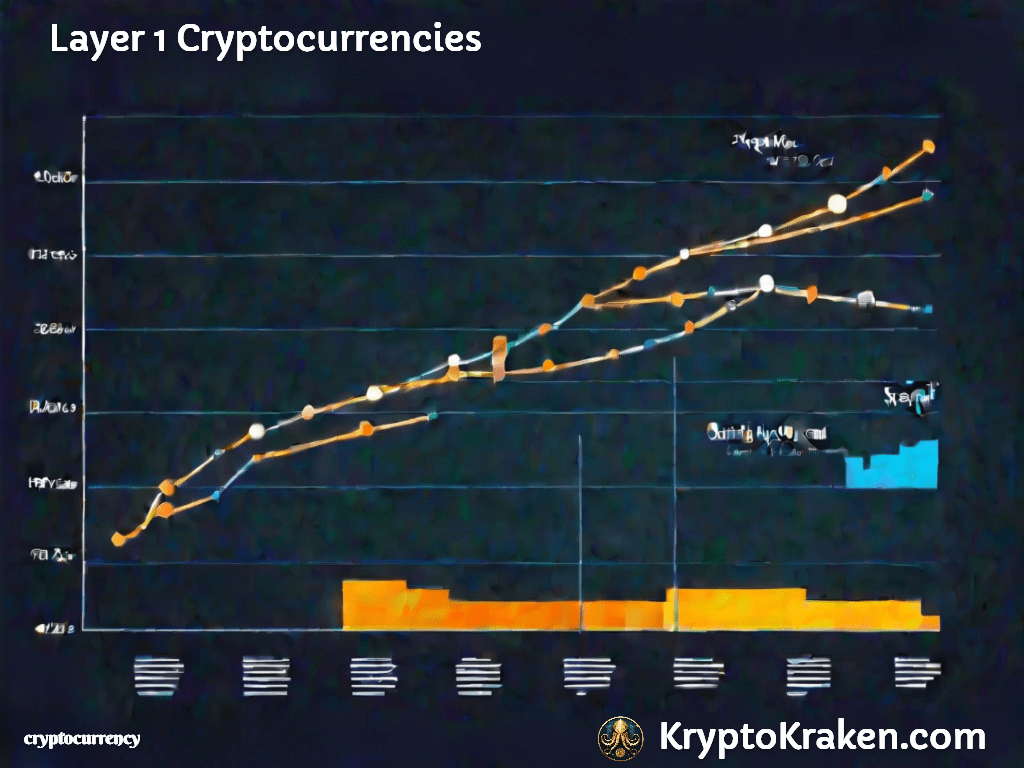


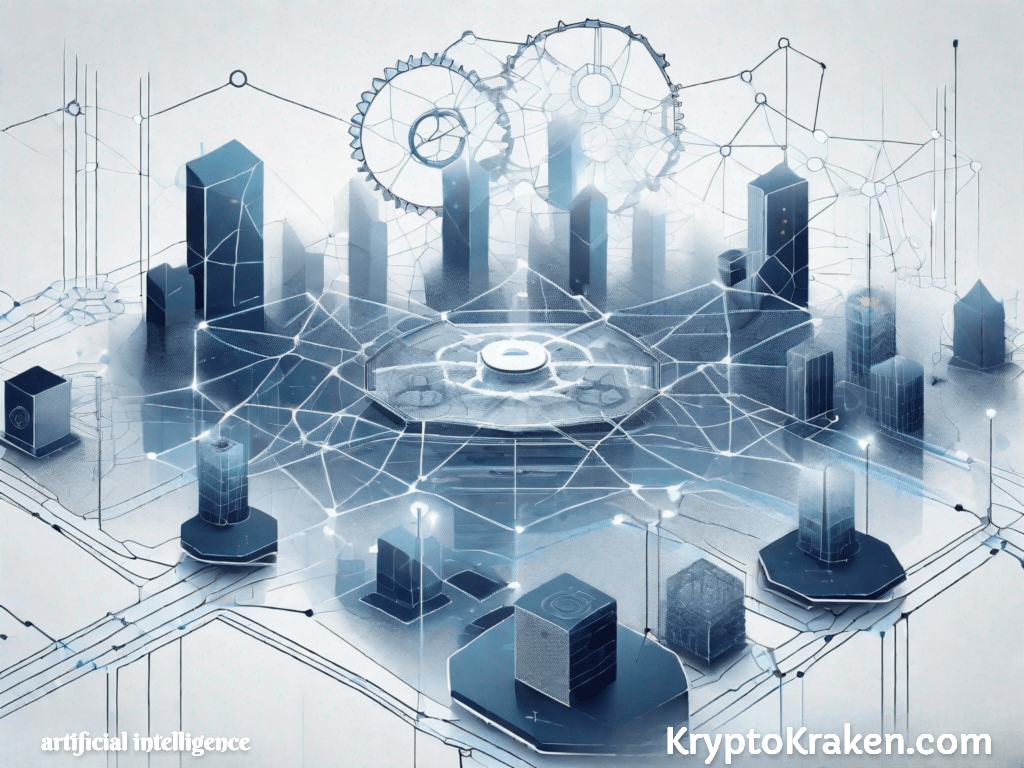

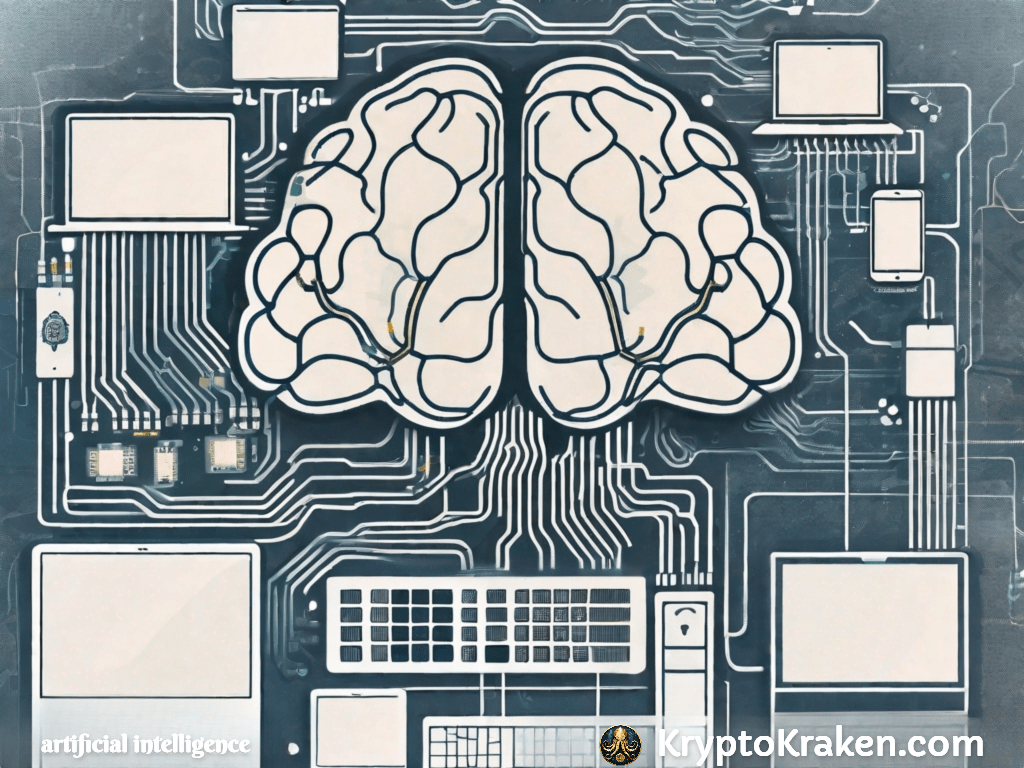


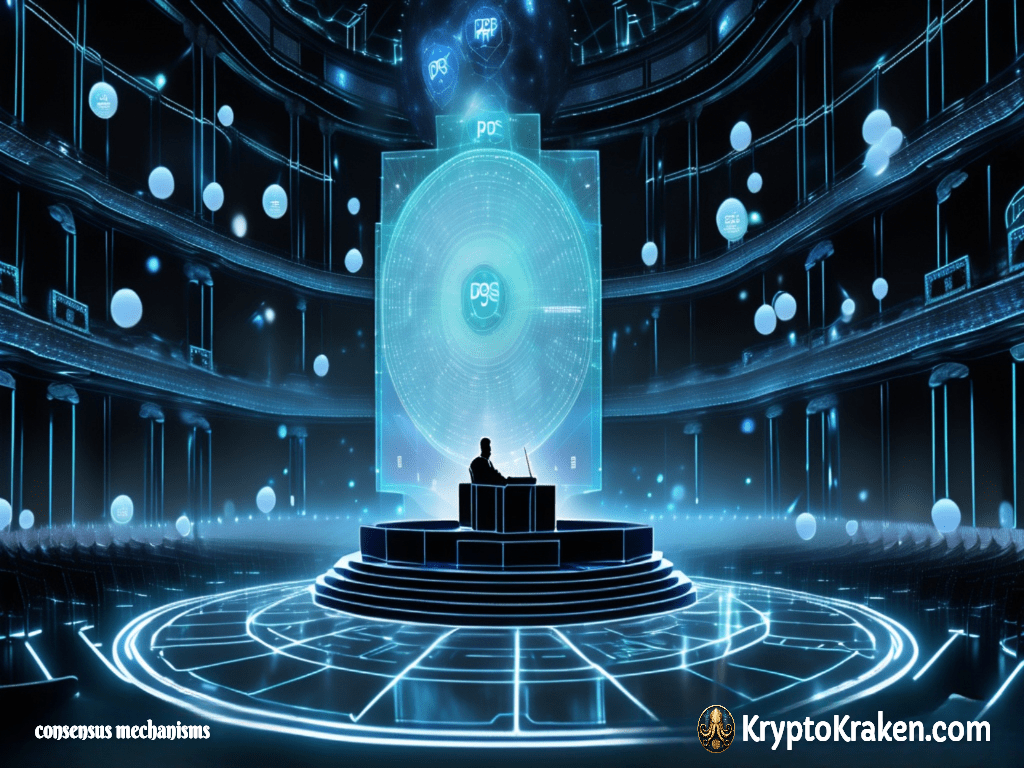
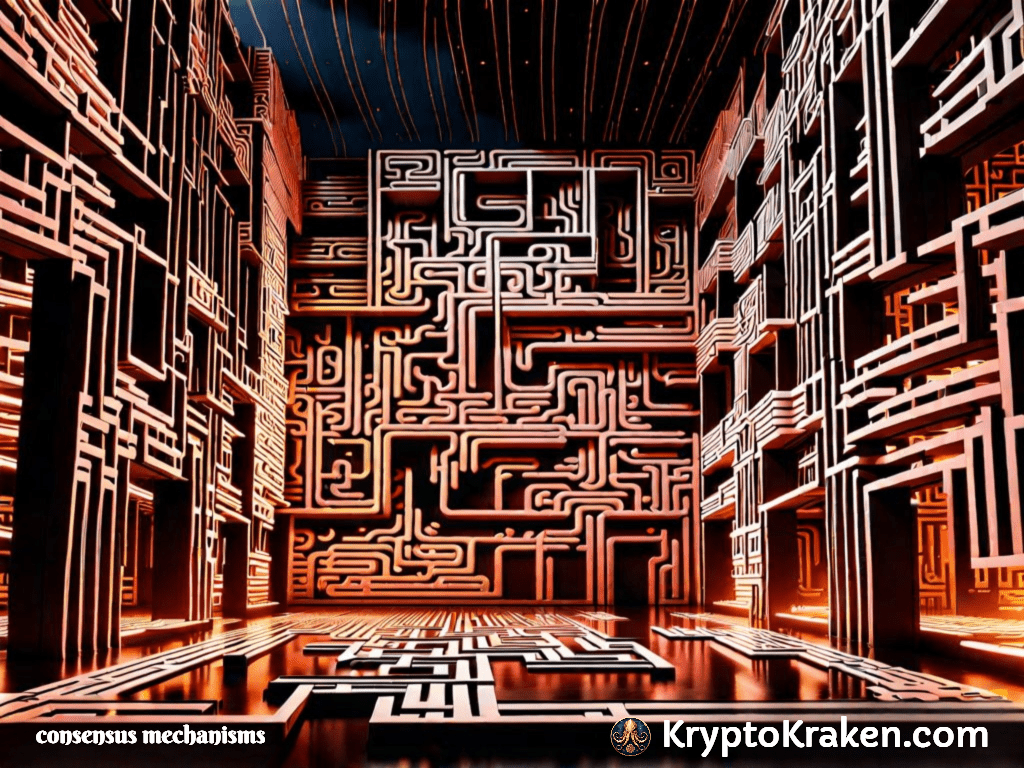



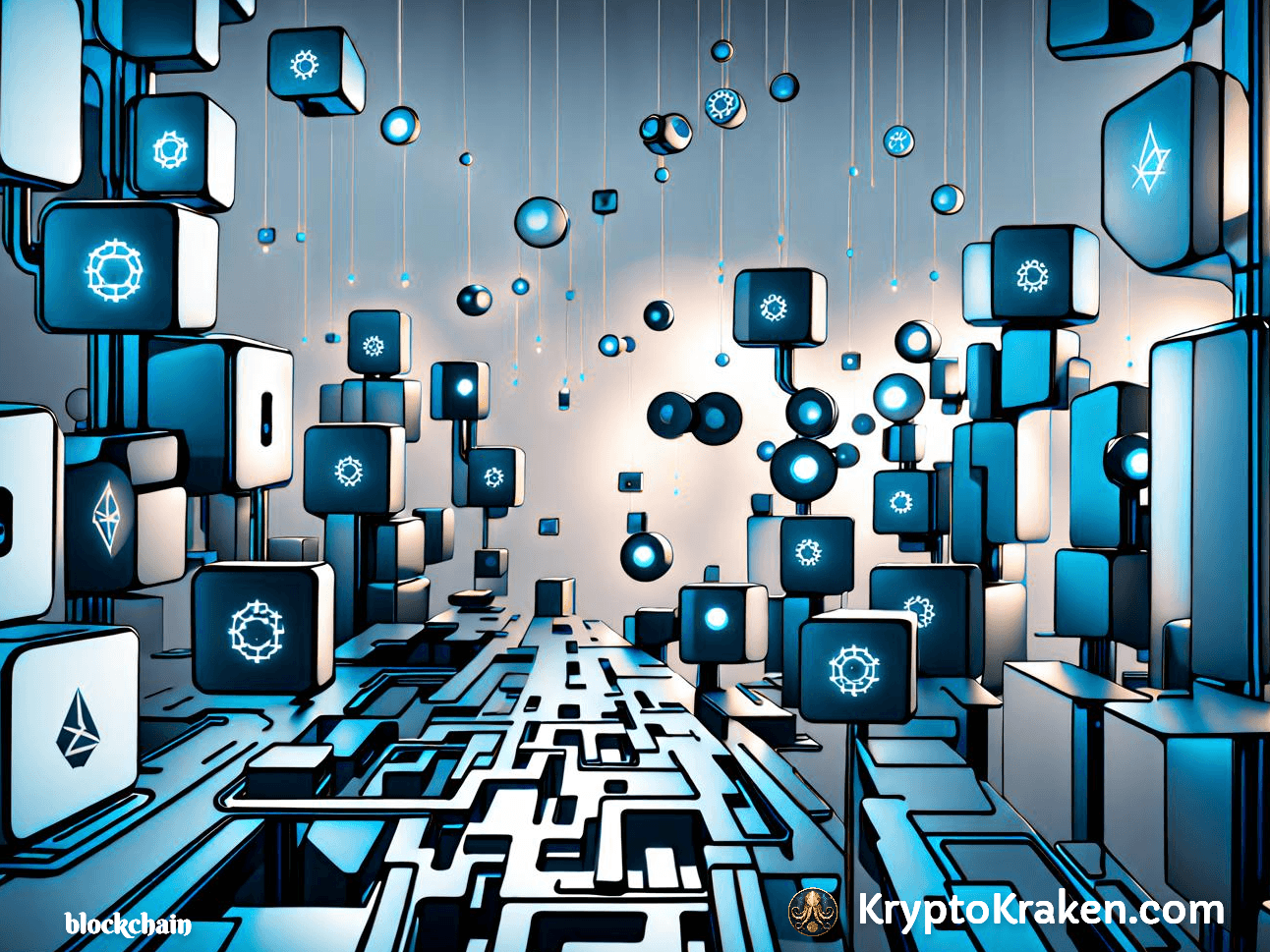


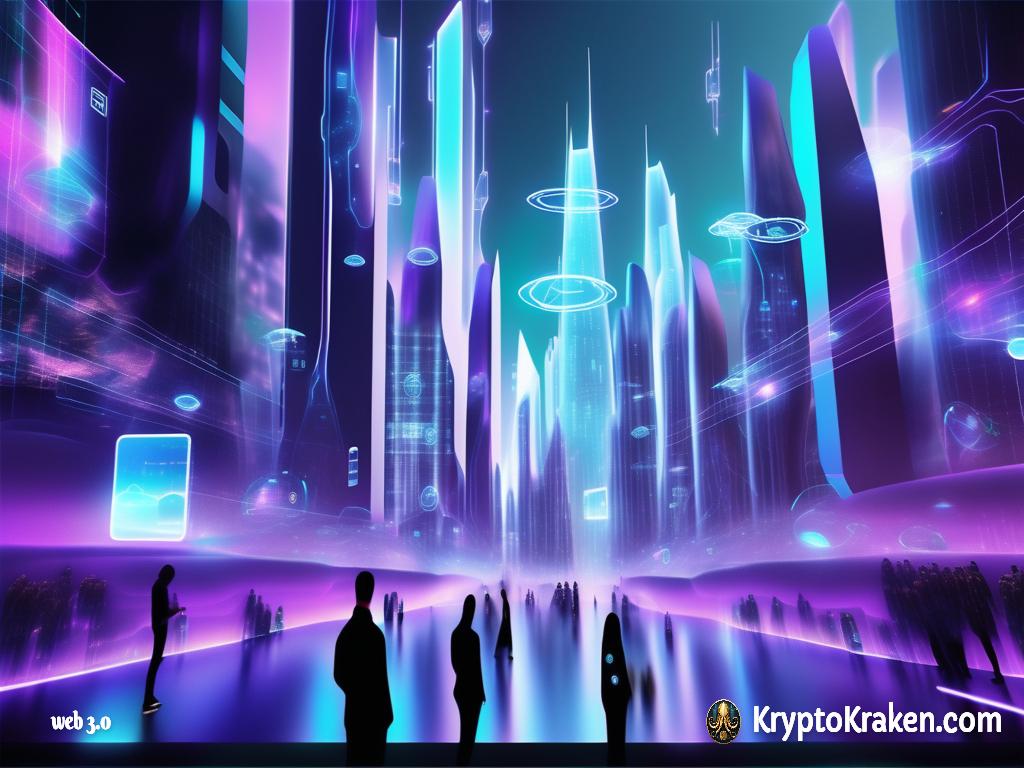

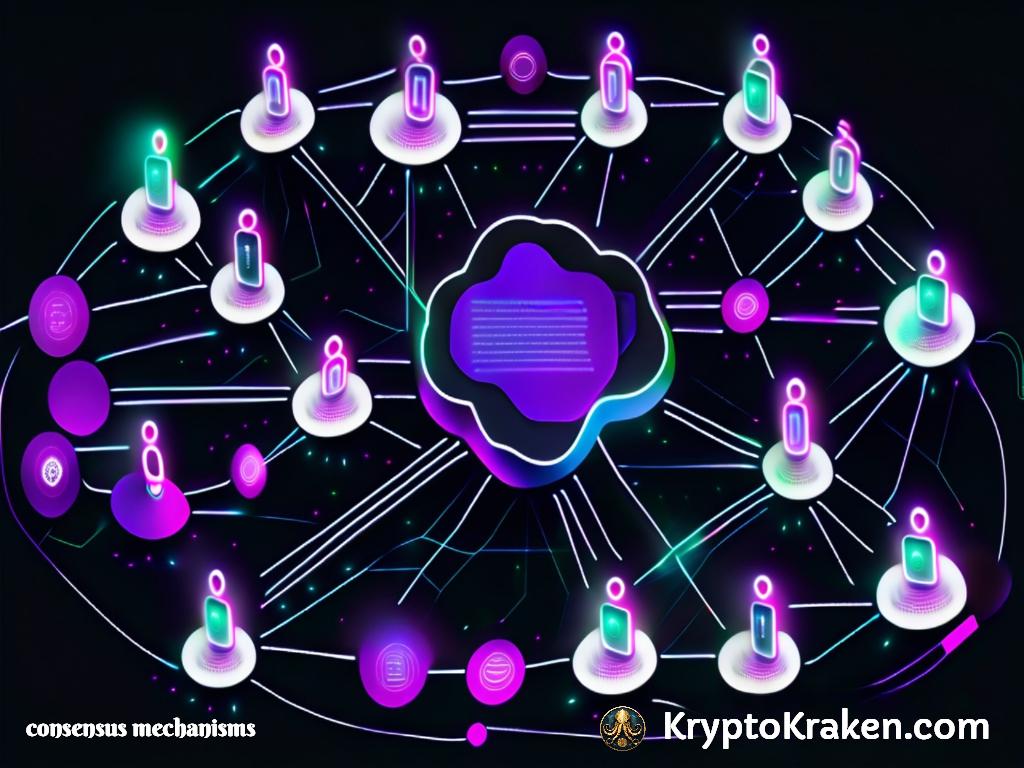
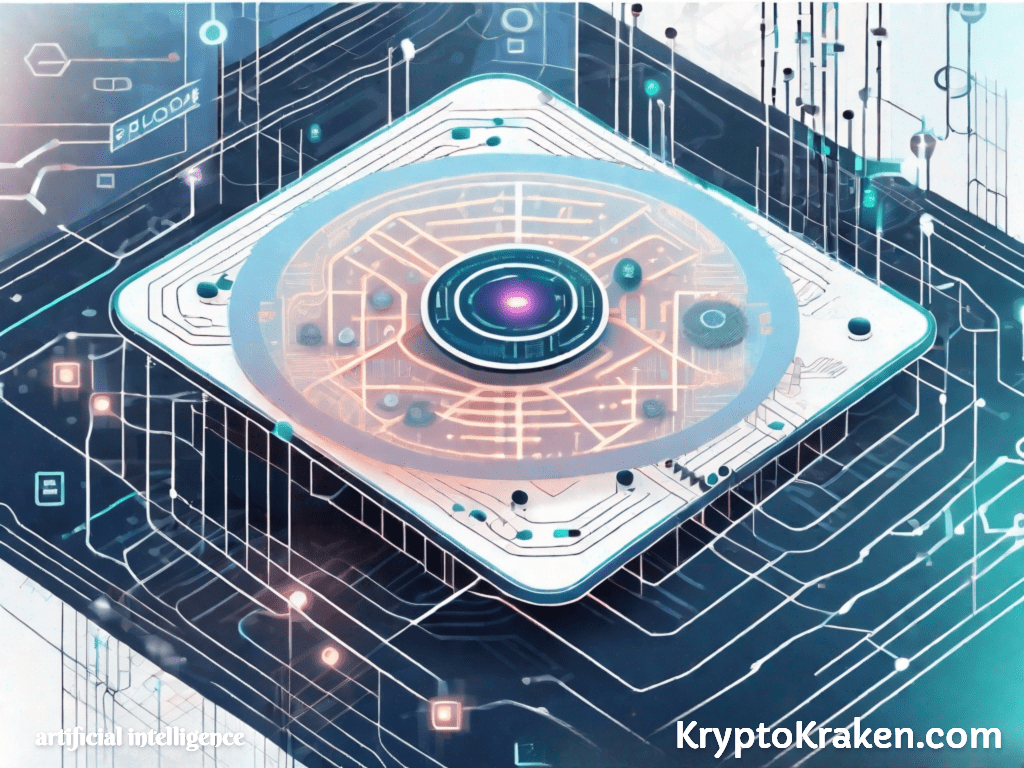











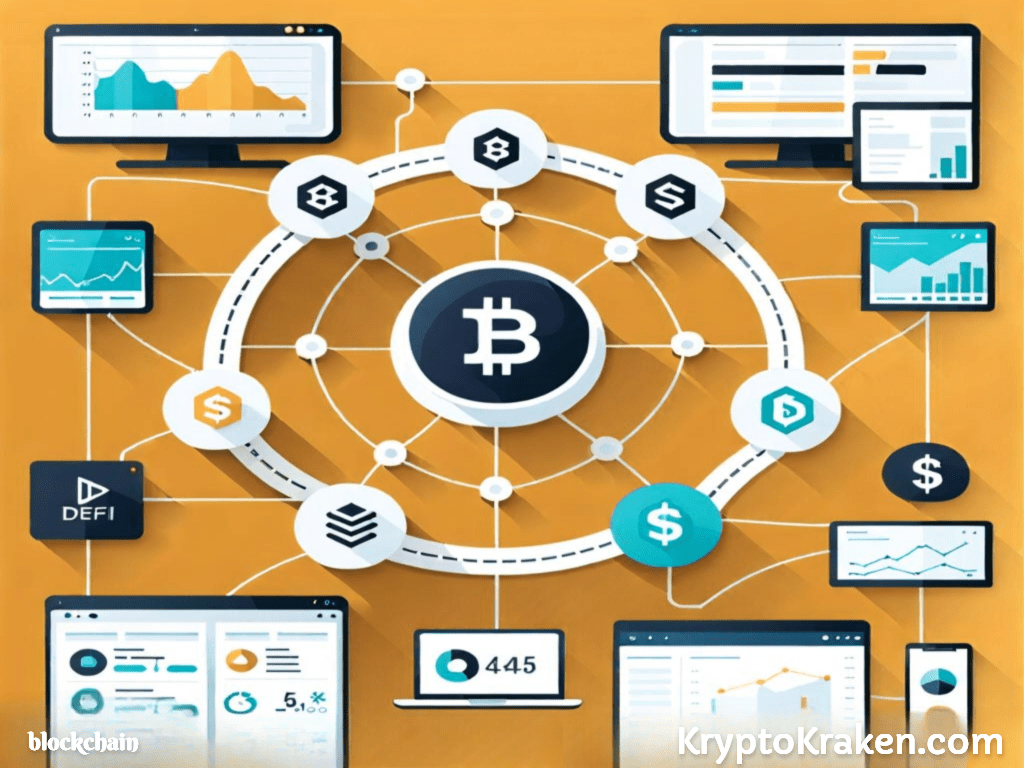

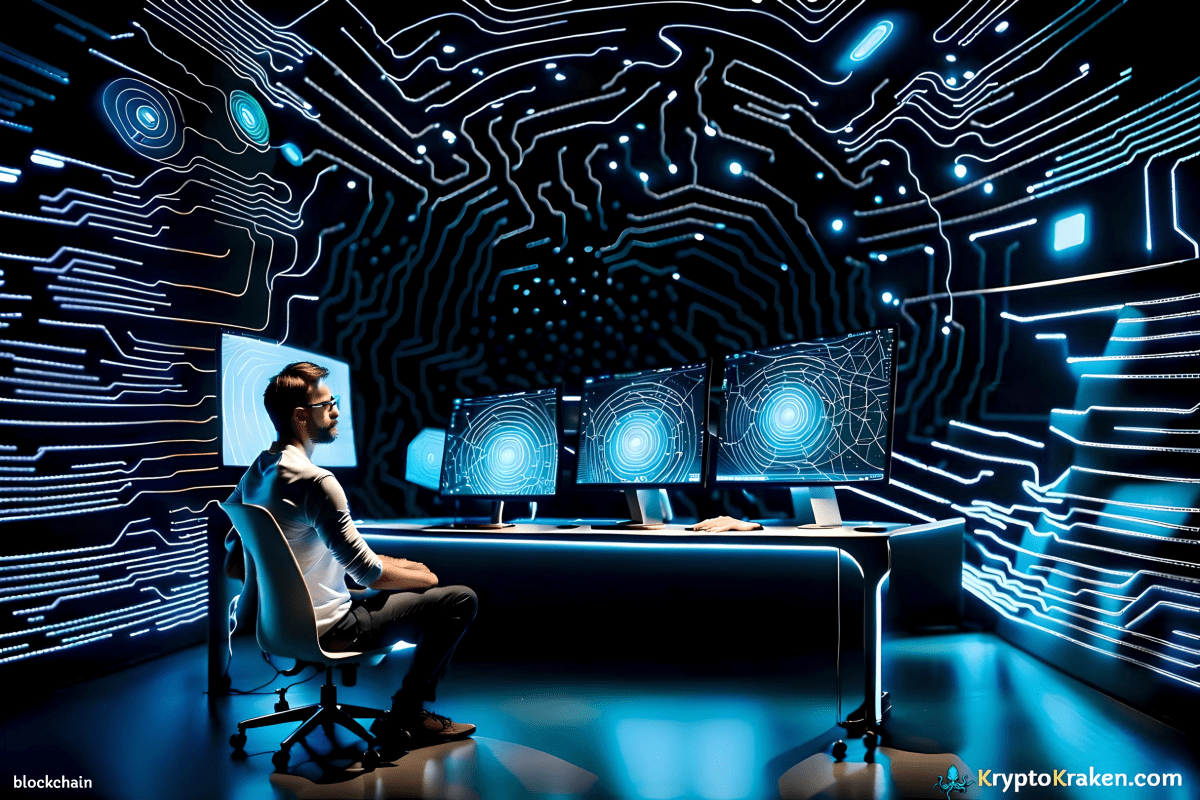

2 comments on “Exploring the Applications of Artificial Intelligence in Web 3.0”